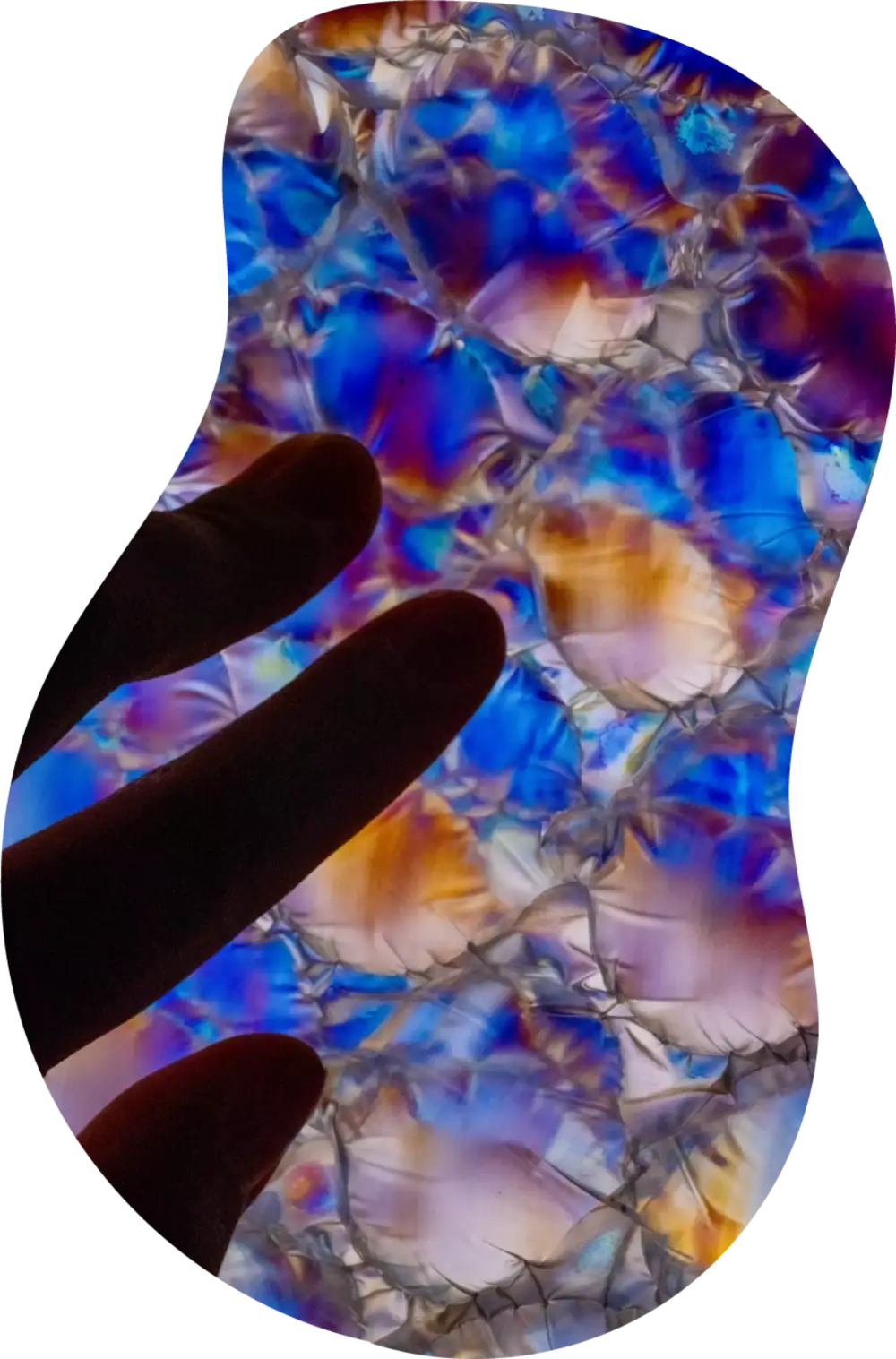
混ぜる、
混ざる、
混ざらない?
本来混ざり合わないはずの物質が、
反発と受容の中で混濁している状態を
この展示会では、
各々の専門性・開催する形態・接続する
作者・作品・観客の出会いから新たな創造の
「混ぜる、混ざる、混ざらない」
我々の「Emulsion」は、
不易と流行の間に立ち、昇華する一つの視点を
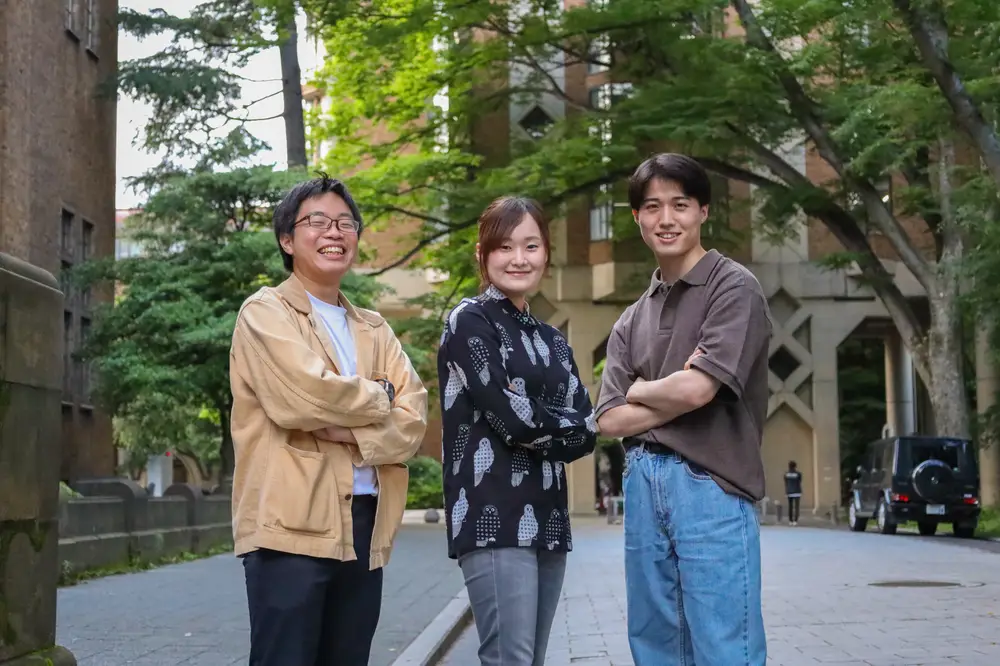
| プロデューサー挨拶
柴田 博史 東京大学 教養学部 教養学科 超域文化科学分科 4年
香川 舞衣 東京大学大学院 学際情報学府 修士課程1年 筧研究室
杉野 十輝 東京大学大学院 工学系研究科 修士課程1年 中尾研究室
東京大学制作展は、多様なバックグラウンドを持ち、専攻や興味関心の異なる学生たちが集うテクノロジー × アートの展示会です。1年を通して、作品制作に加えて企画から運営までを学生が行っています。 東京大学制作展2022では、水と油のように互いに溶け合わない物質同士が、反発しつつも交じり合っている様子を表す「Emulsion」をコンセプトとしています。前哨戦である7月のExtraでは、様々な対話や出会いの中で、ときには異質なものの組み合わせから調和が生まれ、ときには他人との視点の違いに改めて気づかされるなど、作者の思いもよらないような価値が生まれました。 Extraを経て開催される本展示では、副題として『混ぜる、混ざる、混ざらない?』を掲げています。さまざまな個性が混ざりあったり、反発しあったり、近づいたり、離れたり。多彩なアプローチで表現された作品をご覧ください。皆様のご来場をお待ちしております。
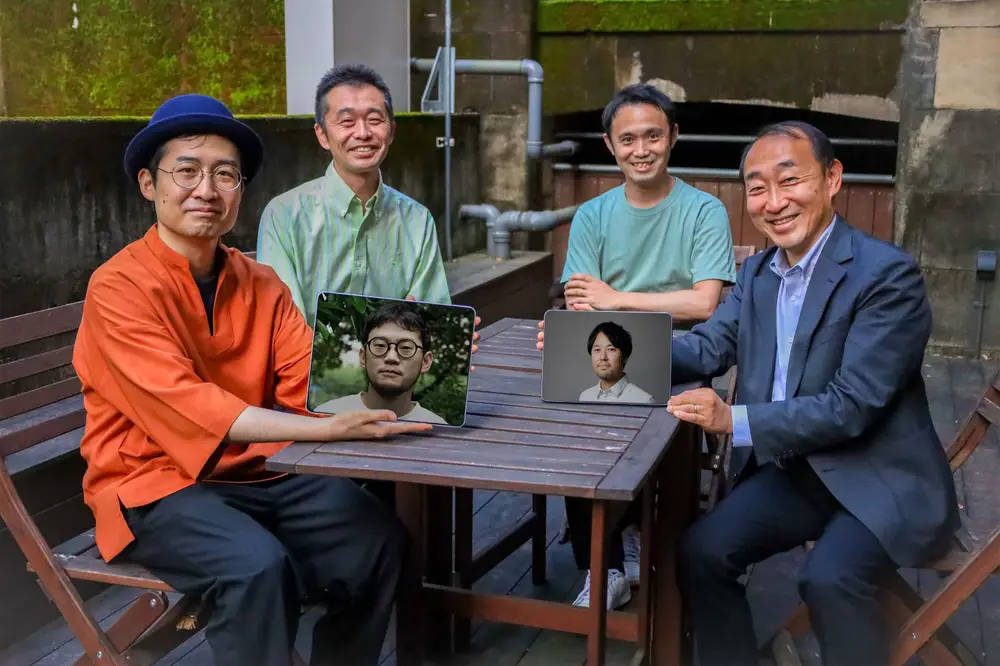
| 講師挨拶
筧 康明東京大学大学院 情報学環 教授
苗村 健東京大学大学院 情報学環 教授
渡邉 英徳東京大学大学院 情報学環 教授
伊達 亘東京大学大学院 情報学環 特任研究員
曽根 光揮東京大学大学院 情報学環 非常勤講師
武井 祥平東京大学大学院 情報学環 非常勤講師
7月のExtraで久しぶりに物理会場で展示ができて良かったと言っていたのも束の間、今回の制作展はこれまでの歴史の中でも最大級のスペースを使った大規模展示になります。Extraのフィードバックから多くを学び、アイディアを重ねてまたたくさんの新しい作品が生まれました。キャンパスの中に展示空間が点在し、全てを観て回るには少し手間がかかりますが、それぞれの場所で特徴を持たせた作品体験が用意されています。秋の良い季節ですので是非キャンパスの散歩を楽しみながら、学生たちの問うさまざまな「Emulsion」に向き合い、思考を巡らせていただければと思います。
東京大学大学院情報学環・学際情報学府では、学生たちがそれぞれの研究領域から表現活動に挑戦する学際的実践の場として「東京大学制作展」を2001年より開催してきました。学生たちには、表現活動としては新たなキャンバスそのものを創出し、研究活動としては机上の空論に終わらない社会に開かれた研究スタイルを学んで欲しいと考えています。本郷キャンパスに多数のお客様をお迎えするオフライン展示は3年振りになります。7月に拡大内覧会としてのExtraを実施し、そこでの経験やフィードバックを活かして、今回11月の本番に臨みます。まだ粗削りではありますが、可能性を秘めた原石たちの取り組みをご覧ください。みなさまのご来場を教職員、学生一同、心よりお待ちしております。
オンラインから対面に少しづつ移行しつつある日常のなか「展覧会」を実施する年。一年はあっという間で、Extraを経ていよいよ本展示です。COVID-19は実空間における過ごし方を、ロシアによるウクライナ侵攻は安全保障の概念を激変させつづけています。それでも、私たちは慣れ親しんできた「生き方」を容易には変えられず、状況に対処するために日々苦闘しています。アート・デザインはこうした事態において無力でもあり、かつ、無尽蔵のちからを備えたものにもなり得るはずです。常に変化する状況に、どのように対峙していくのか。Extraに引き続き、みなさんの試行とメッセージに期待しています。
様々な様々な背景・興味・アイデアを混ぜ合いながら準備を進めてきた制作展は、7月のExtraを経て本展を開催する運びになりました。本展ではExtraで据えられた「Emulsion」に「混ぜる、混ざる、混ざらない?」という文章が追加され、「混ざる/混ざらない」という結果(もしくは、結果として答えを出すことが出来ない/答えを出すことが野暮かもしれない…)その先に興味が向けられているように思います。作品制作を通して、作品鑑賞を通して、さらには展示会場での対話を通して。これからを見据えていくような議論や思考を考えるきっかけの場になれば幸いです。
7月のExtraを経て、集大成となる本展を実空間で行えることになりました。展示の運営方法や作品の随所に、ここ数年でアップデートされた文化や新たな課題が垣間見れます。テーマとして掲げられた「Emulsion」はそうした変化に敏感になりつつ、一方に落ち着くことなく反応し続けようとする意欲が感じられるものになっていると思います。ご来場いただいた方々にも作品を通じてその空気が伝わり、反応がさらに拡散していくような場になることを期待しています。

| プロデューサー挨拶
柴田 博史 東京大学 教養学部 教養学科 超域文化科学分科 4年
香川 舞衣 東京大学大学院 学際情報学府 修士課程1年 筧研究室
杉野 十輝 東京大学大学院 工学系研究科 修士課程1年 中尾研究室
東京大学制作展は、多様なバックグラウンドを持ち、専攻や興味関心の異なる学生たちが集うテクノロジー × アートの展示会です。1年を通して、作品制作に加えて企画から運営までを学生が行っています。 東京大学制作展2022では、水と油のように互いに溶け合わない物質同士が、反発しつつも交じり合っている様子を表す「Emulsion」をコンセプトとしています。前哨戦である7月のExtraでは、様々な対話や出会いの中で、ときには異質なものの組み合わせから調和が生まれ、ときには他人との視点の違いに改めて気づかされるなど、作者の思いもよらないような価値が生まれました。 Extraを経て開催される本展示では、副題として『混ぜる、混ざる、混ざらない?』を掲げています。さまざまな個性が混ざりあったり、反発しあったり、近づいたり、離れたり。多彩なアプローチで表現された作品をご覧ください。皆様のご来場をお待ちしております。

| 講師挨拶
筧 康明東京大学大学院 情報学環 教授
苗村 健東京大学大学院 情報学環 教授
渡邉 英徳東京大学大学院 情報学環 教授
伊達 亘東京大学大学院 情報学環 特任研究員
曽根 光揮東京大学大学院 情報学環 非常勤講師
武井 祥平東京大学大学院 情報学環 非常勤講師
7月のExtraで久しぶりに物理会場で展示ができて良かったと言っていたのも束の間、今回の制作展はこれまでの歴史の中でも最大級のスペースを使った大規模展示になります。Extraのフィードバックから多くを学び、アイディアを重ねてまたたくさんの新しい作品が生まれました。キャンパスの中に展示空間が点在し、全てを観て回るには少し手間がかかりますが、それぞれの場所で特徴を持たせた作品体験が用意されています。秋の良い季節ですので是非キャンパスの散歩を楽しみながら、学生たちの問うさまざまな「Emulsion」に向き合い、思考を巡らせていただければと思います。
東京大学大学院情報学環・学際情報学府では、学生たちがそれぞれの研究領域から表現活動に挑戦する学際的実践の場として「東京大学制作展」を2001年より開催してきました。学生たちには、表現活動としては新たなキャンバスそのものを創出し、研究活動としては机上の空論に終わらない社会に開かれた研究スタイルを学んで欲しいと考えています。本郷キャンパスに多数のお客様をお迎えするオフライン展示は3年振りになります。7月に拡大内覧会としてのExtraを実施し、そこでの経験やフィードバックを活かして、今回11月の本番に臨みます。まだ粗削りではありますが、可能性を秘めた原石たちの取り組みをご覧ください。みなさまのご来場を教職員、学生一同、心よりお待ちしております。
オンラインから対面に少しづつ移行しつつある日常のなか「展覧会」を実施する年。一年はあっという間で、Extraを経ていよいよ本展示です。COVID-19は実空間における過ごし方を、ロシアによるウクライナ侵攻は安全保障の概念を激変させつづけています。それでも、私たちは慣れ親しんできた「生き方」を容易には変えられず、状況に対処するために日々苦闘しています。アート・デザインはこうした事態において無力でもあり、かつ、無尽蔵のちからを備えたものにもなり得るはずです。常に変化する状況に、どのように対峙していくのか。Extraに引き続き、みなさんの試行とメッセージに期待しています。
様々な様々な背景・興味・アイデアを混ぜ合いながら準備を進めてきた制作展は、7月のExtraを経て本展を開催する運びになりました。本展ではExtraで据えられた「Emulsion」に「混ぜる、混ざる、混ざらない?」という文章が追加され、「混ざる/混ざらない」という結果(もしくは、結果として答えを出すことが出来ない/答えを出すことが野暮かもしれない…)その先に興味が向けられているように思います。作品制作を通して、作品鑑賞を通して、さらには展示会場での対話を通して。これからを見据えていくような議論や思考を考えるきっかけの場になれば幸いです。
7月のExtraを経て、集大成となる本展を実空間で行えることになりました。展示の運営方法や作品の随所に、ここ数年でアップデートされた文化や新たな課題が垣間見れます。テーマとして掲げられた「Emulsion」はそうした変化に敏感になりつつ、一方に落ち着くことなく反応し続けようとする意欲が感じられるものになっていると思います。ご来場いただいた方々にも作品を通じてその空気が伝わり、反応がさらに拡散していくような場になることを期待しています。
過去の制作展
"Emulsion"iiiExhibition 23
"キョリブレーション"Extra 2021
"0PUNK"iiiExhibition 22
"弛む"Extra 2020
"WHO ZIPS YOU?"iiiExhibition 21
"ああ言えば、こう言う。こう言えば、どう言う?"Extra 2019
"enact one's self"iiiExhibition 20
"Dest-logy REBUILD"Extra 2018
"Dest-logy"iiiExhibition 19
"WYSIWYG?"Extra 2017
"SUKIMANIAC"iiiExhibition 18
"FAKE FUTURE"Extra 2016
"補序線"iiiExhibition 17
"わたしエクステンション"Extra 2015
"グッバイ・マイ・ボディ"iiiExhibition 16
"!!!"Extra 2014
"リアルからちょっと離れてる空間"iiiExhibition 15
"mosaic"Extra 2013
"⏻"iiiExhibition 14
"いとをかし"Extra 2012
"パルス"iiiExhibition 13
"Re:"iiiExhibition 12
"BRIDGE"iiiExhibition 11
"夢 見ていますか"
本展示は事前予約制です
本展示は、新型コロナ
必ず予約用サイトで
11:00 ~ 19:00
同キャンパス情報学環本館 地下1階 情報学環オープンスタジオ
①千代田線 根津駅より徒歩10分
②南北線 東大前駅より徒歩8分
③丸ノ内線 / 都営大江戸線 本郷三丁目駅より徒歩12分
情報学環本館 情報学環オープンスタジオ
①徒歩15分、②徒歩13分、③徒歩8分
Works

#フォーラム
木村 正子,伊東 健一ほか
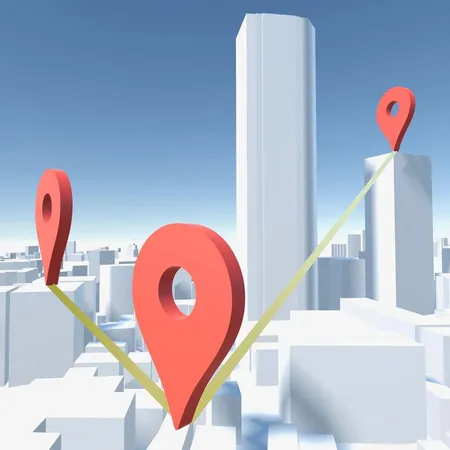
#フォーラム
浦田 泰河
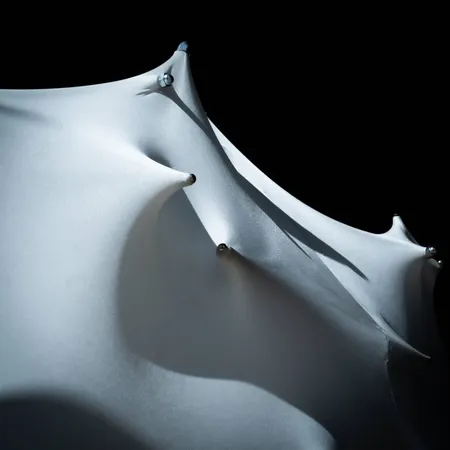
#フォーラム
建道 佳一郎

#フォーラム
柴田 博史,余合 彩子ほか
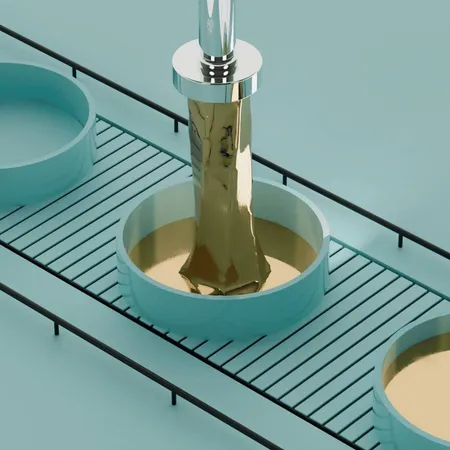
#フォーラム
香川 舞衣
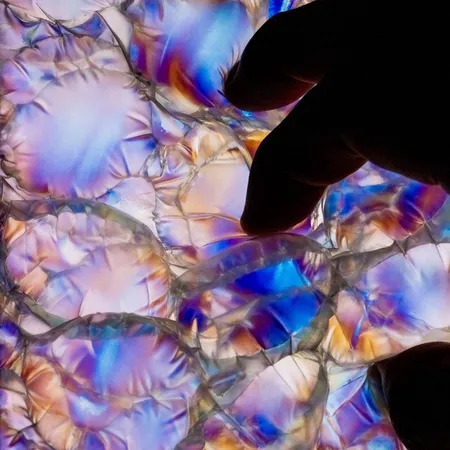
#2F展示室
上野 太誠,溝𦚰 由女ほか
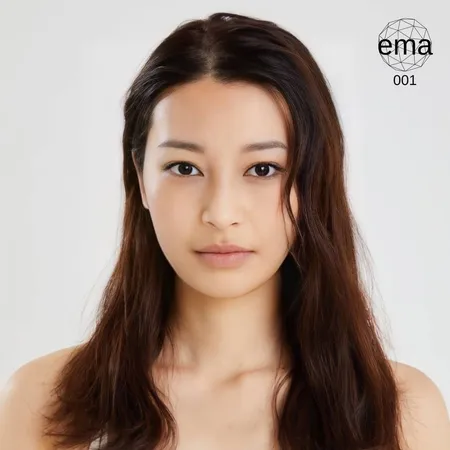
#2F展示室
ラウリー 華子,山下 夏生ほか
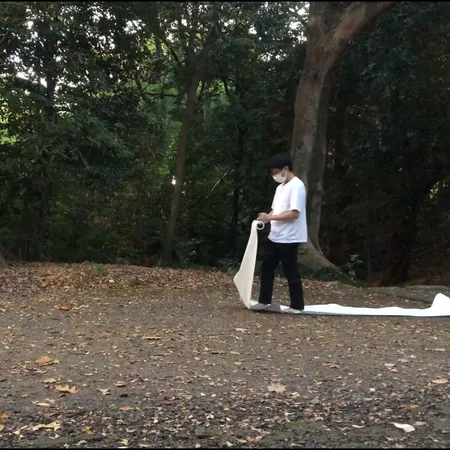
#2F展示室
柴田 博史,下島 銀士
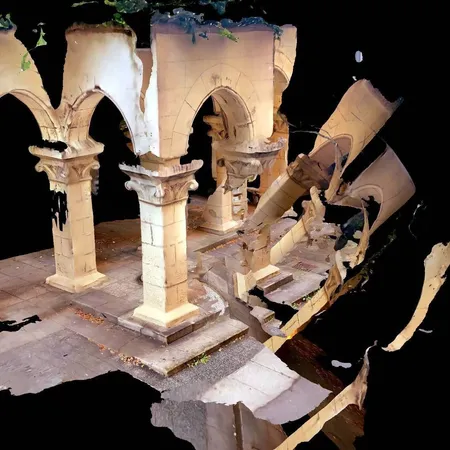
#2F展示室
佐藤 良祐,藤堂 真也

#2F展示室
今村 知美
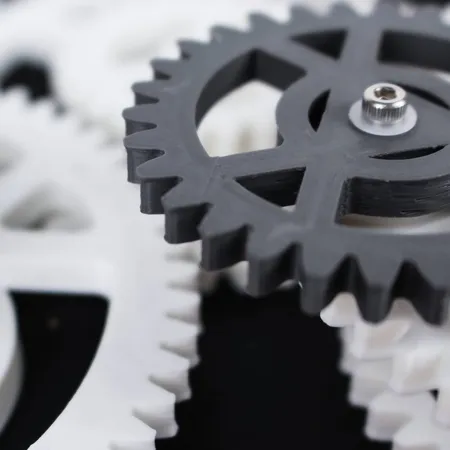
#2F展示室
船井 翔,今村 知美

#2F展示室
余合 彩子,東出 りさほか

#92B
杉野 十輝
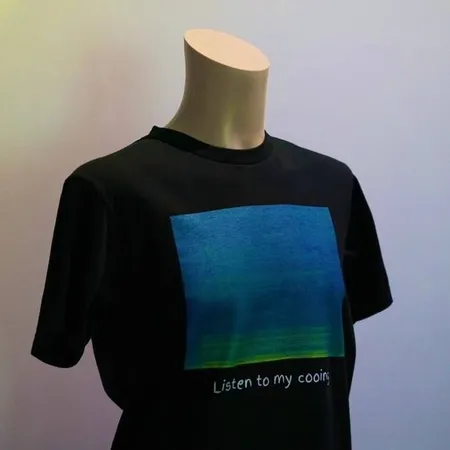
#92B
大森 功太郎

#92B
森 達哉,李 沐航
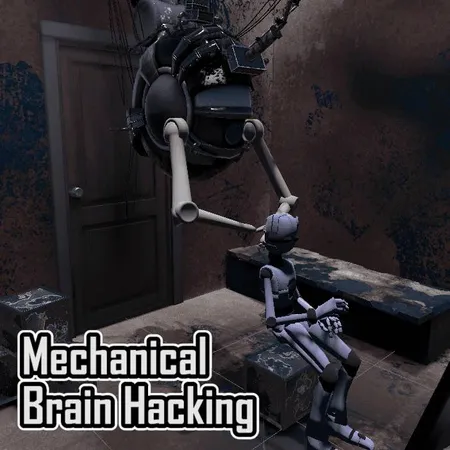
#92B
高下 修聡
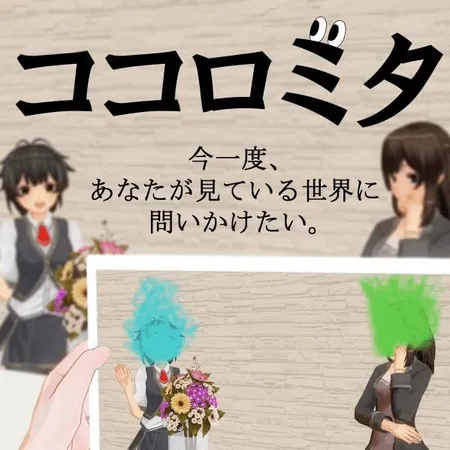
#92B
中澤 紀香,山崎 丈ほか

#92B
吉川 諒,荒巻 美南海ほか
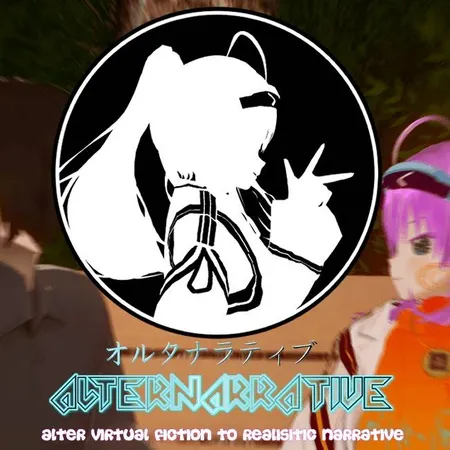
#92B
松本 篤弥,相園 晃佑ほか

#オープンスタジオ
周 寧

#オープンスタジオ
東出 りさ,李 璐
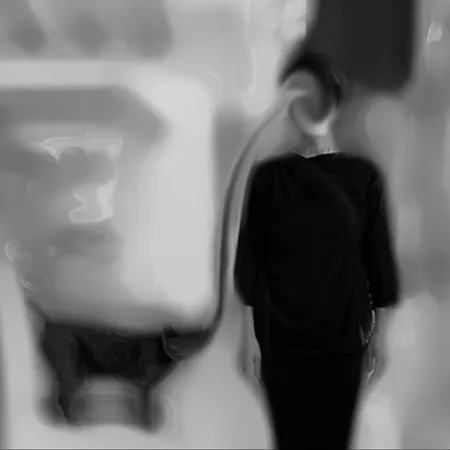
#オープンスタジオ
中橋 侑里
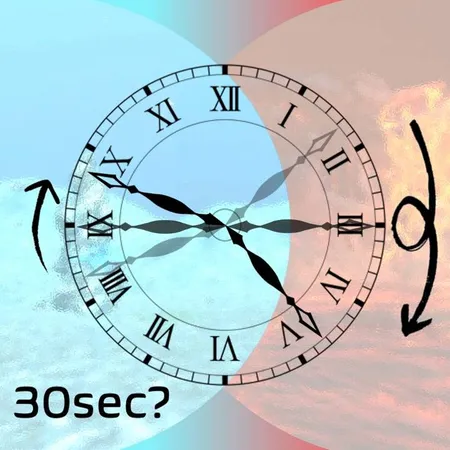
#オープンスタジオ
太田 貴士,森 達哉

#オープンスタジオ
神園 千鶴,青山 佳音

#オープンスタジオ
藤堂 真也,森田 和真ほか
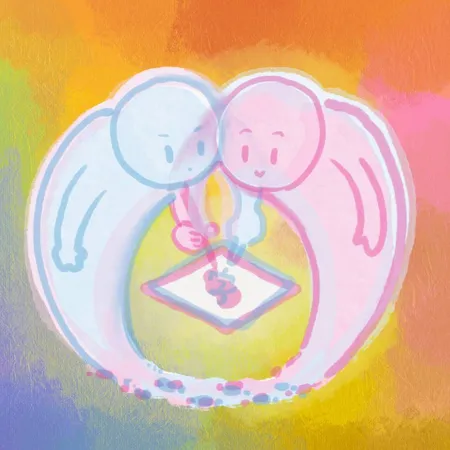
#オープンスタジオ
仲沢 実桜,楊 梓桑ほか

| Inclusive Quiet Room–共生社会を目指して–
#フォーラム
木村 正子 東京大学総括プロジェクト機構 国際建築教育拠点 SEKISUIHOUSE KUMA LAB 学術専門職員 / 名古屋工業大学大学院 社会工学専攻 博士後期課程 伊藤孝紀研究室
伊東 健一 東京大学大学院 新領域創成科学研究科 博士後期課程 割澤・福井・米谷・伴研究室
坪井 理人 ゲームサウンドクリエイター
大川 和己 筑波大学 理工情報生命学術院 システム情報工学研究群 知能機能システム学位プログラム バーチャルリアリティ研究室 博士前期1年
児島 響 MUK - Musik und Kunst Privatuniversität der Stadt Wien, Masterstudium Komposition, Bachelorstudium Klavier
藤井 綺香 東京大学大学院 情報理工学系研究科 博士後期課程 稲葉・岡田研究室
林 明侑奈 東京大学 工学部 都市工学科 3年
北川 啓介 名古屋工業大学大学院 社会工学専攻 建築・デザイン分野 教授
嶺 也守寛 東洋大学 ライフデザイン学部 人間環境デザイン学科 教授
協力 株式会社Yogibo,株式会社フィルノット,ラーゴム・ジャパン株式会社
健常者と障がい者を隔てる、「障壁」がある世界。 その「障壁」を取り払うことができたら、世界はほんの少しでも優しくなれると思います。 例えば、感覚過敏により、刺激の多い場所や人混にいるときに、パニックを起こしやすい人がいます。 本作品の制作者にも感覚過敏を持っている人がいます。 Inclusive Quiet Roomは、制作者の経験から、気持ちを落ち着かせることのできる空間と、映像・音の表現を組み合わせた「カームダウン室」です。 簡単に作れる閉鎖空間であるインスタントハウス、バブルチューブや光感覚のスヌーズレン、没入感のあるVR映像とリラックスできる音楽、柔らかいクッションと重いブランケットを組み合わせたデジタルリハビリテーション体験を創出します。 そして、感覚過敏の人たちが落ち着きを取り戻す過程を感じていただけたらと思います。
There are "emotional barriers" that separate "healthy" and "disabled" people in the world. We believe that if those "emotional barriers" were removed, the world would become just a little kinder. For example, some people are prone to be in a panic when they are in a place with a lot of stimuli or in a crowded place due to sensory sensitivity. Some creators of this work have sensory sensitivity. "Inclusive Quiet Room" is a "calm down room" that combines a space in which people can calm their minds with visual and sound expressions. These are based on the experiences of the creators. It creates the digital rehabilitation experience using an instant house which is an easy-to-create enclosed space, bubble tubes and light sensory snoezelen, immersive VR videos, relaxing music, soft cushions, and heavy blankets. We hope that you can feel the process of people with sensory sensitivities regaining their composure.
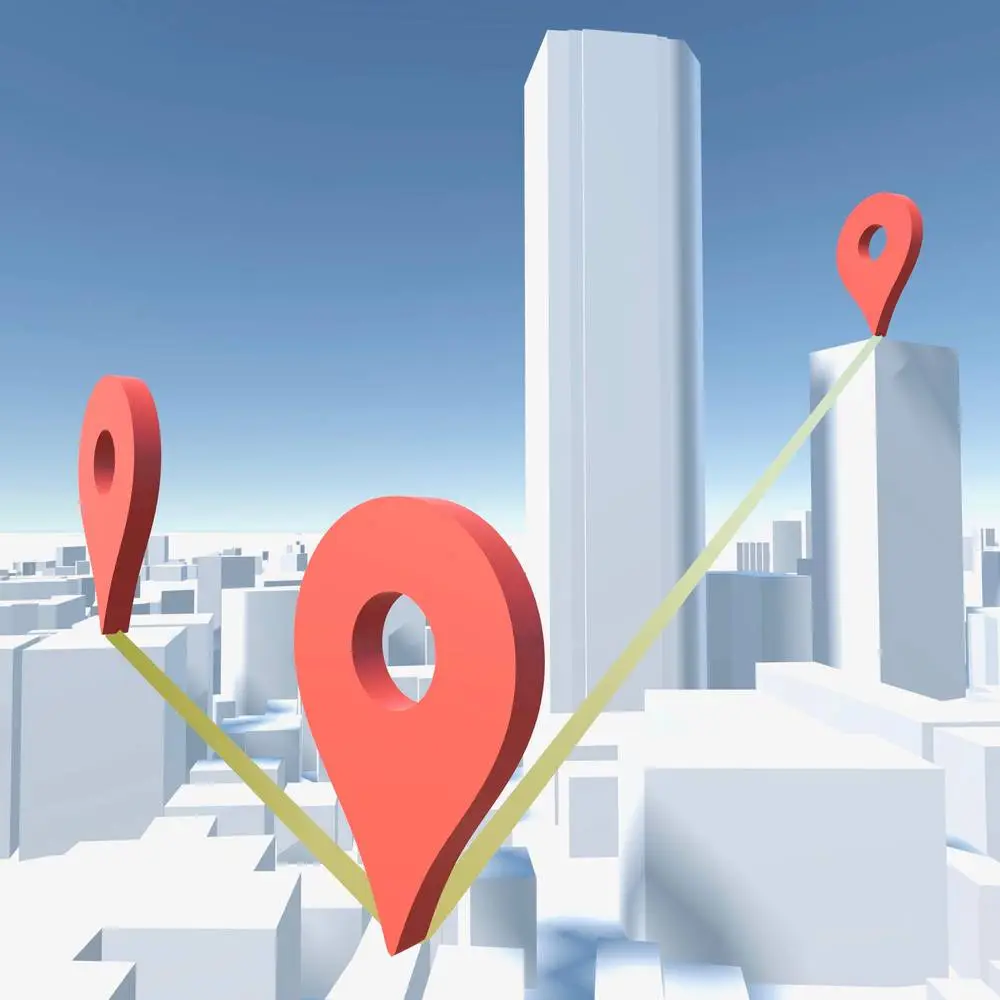
| Pluck City–harmonized–
#フォーラム
浦田 泰河 東京大学大学院 学際情報学府 修士課程1年 筧研究室
都市空間に張り巡らせたARの弦を弾いて、音を奏でるアプリ。 まちの中を移動して通った場所にARのピンを置いていくと、ピンの間を繋ぐように弦が張られる。弦に近づくと弦が弾かれ音が鳴る。弦の長さに応じて音の高さは変化する。キャンパスやまちを動き回りながら、自分なりの音を奏でよう。 複数の弦の長さの比がとある整数比になるとき、それらが鳴らす音は調和する。たとえば、ドの音が鳴る弦の長さを4/5倍するとミ、2/3倍するとソの音が鳴り、これらの音が合わさるとCメジャーという和音を構成する。 本アプリでも、弦の長さ(ピン間の距離)の関係によって、複数の弦から和音が生まれ得る。さらに、自分のピンと繋がることで既存の弦と和音を構成できる距離にある、他人のピンがプレイ中に出現する。自分と他人のアクションが混ざり合うことで、その間に調和が生まれるかもしれない。
This work is an application that plays sounds by plucking AR strings stretched across urban space. As you move through the city and place AR pins on the places you pass, the strings are stretched to connect the pins. A string you approach is plucked and a sound is played. The pitch of the sound changes according to the length of the string. Let's play your own sound moving around the campus and city. When the ratio of the lengths of the strings is a certain integer ratio, the sounds they make are in harmony. For example, when the length of the string that plays the note "C" is multiplied by 4/5, "E" is played, and when it is multiplied by 2/3, "G" is played. These notes form a chord called C Major. Also in this application, chords can be created from multiple strings, depending on the relationship between the lengths of the strings (distance between pins). Furthermore, others’ pins, which are at a distance that can form chords with existing strings if connected to your own pins, will appear during play. The mixture of your own and others' actions may create a harmony between them.
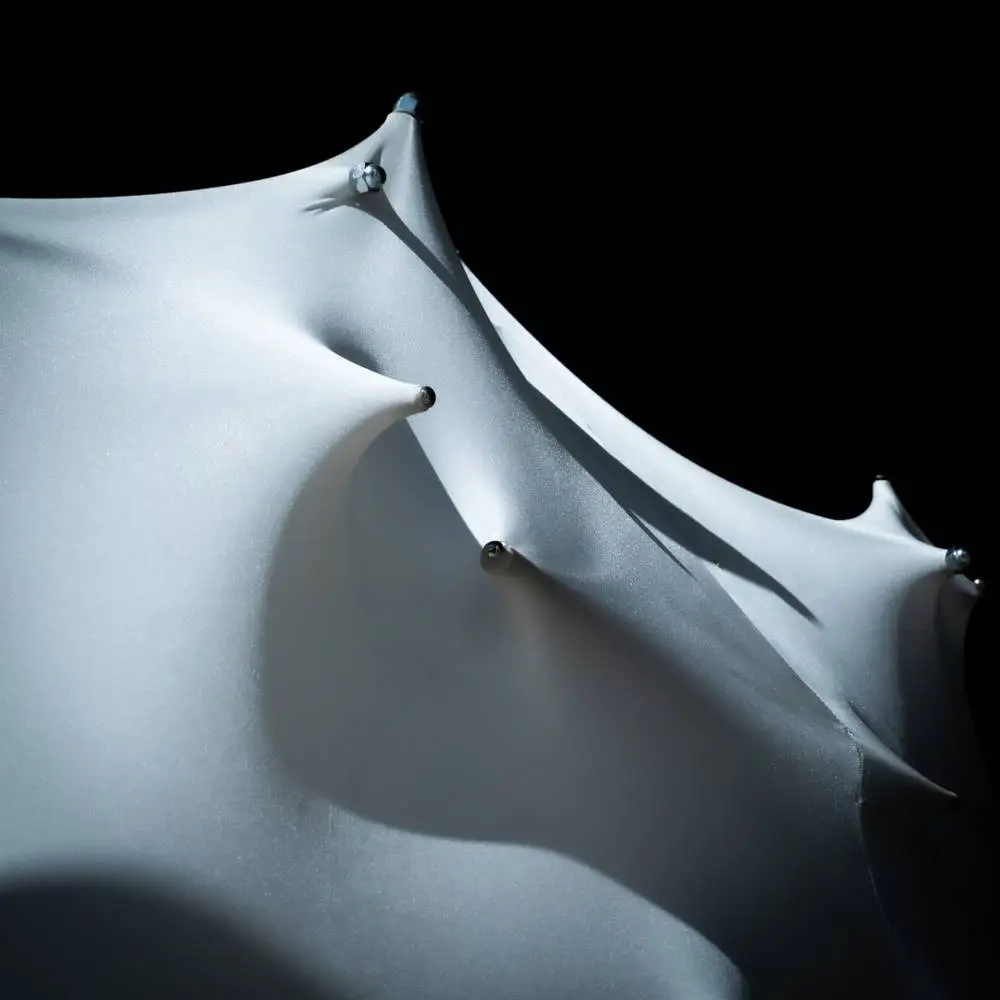
| nomadic house
#フォーラム
建道 佳一郎 東京大学大学院 工学系研究科 修士課程1年 今井研究室
土地に縛られず、行く先々で自分で家を建てられないか? 布だけを持ち歩き、そこで拾った枝と組み合わせて家を作ることを考えた。 設計された構造の規則性と、場当たり的に差し込んだ枝の偶然性が混じり合う。 そうして作られた家は、毎度形を変えて、建つ場所を変える。その様はまるで生き物のようだ。
Couldn't I build my own house wherever I went without being tied to the land? The idea was to build a house by carrying only a piece of cloth and combining it with branches picked up there. The regularity of the designed structure is mixed with the coincidence of the branches inserted haphazardly. The house thus built changes its shape and location every time. The appearance of the house is like that of a living creature.
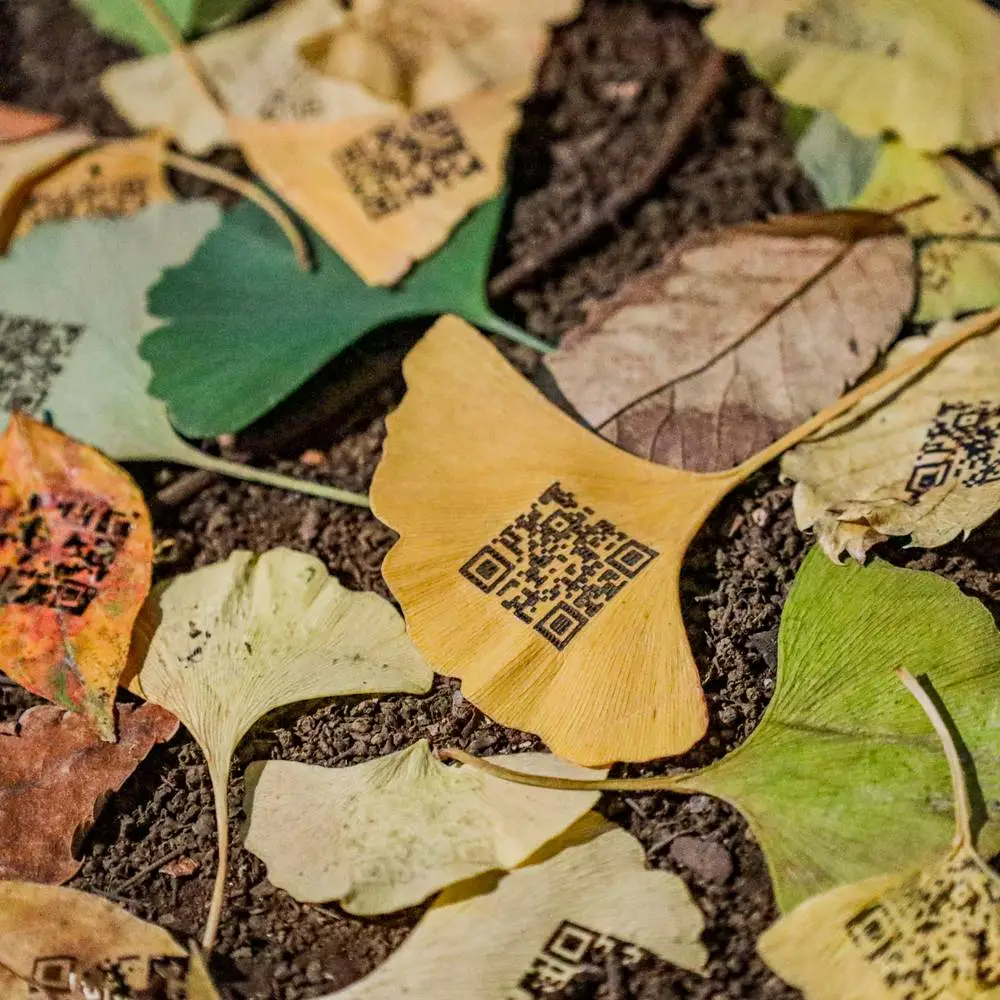
| 一葉
#フォーラム
柴田 博史 東京大学 教養学部 教養学科 超域文化科学分科 4年
余合 彩子 東京大学大学院 学際情報学府 修士課程1年 苗村研究室
西田 直人 東京大学大学院 学際情報学府 修士課程1年 暦本研究室
島田 優 東京大学大学院 情報理工学系研究科 修士課程1年 苗村研究室
石井 冬馬 東京大学大学院 学際情報学府 修士課程1年 越塚研究室
QRコードが刻印された葉は、 偶然の出会いの場をデジタル空間へと拡張する。 キャンパスに撒かれた落ち葉を通してすれ違う他者と対話するとき、 私たちは何を感じるのだろうか?
A leaf imprinted with QR codes extends the place of chance encounters into a digital space. What happens when we leaf a message?
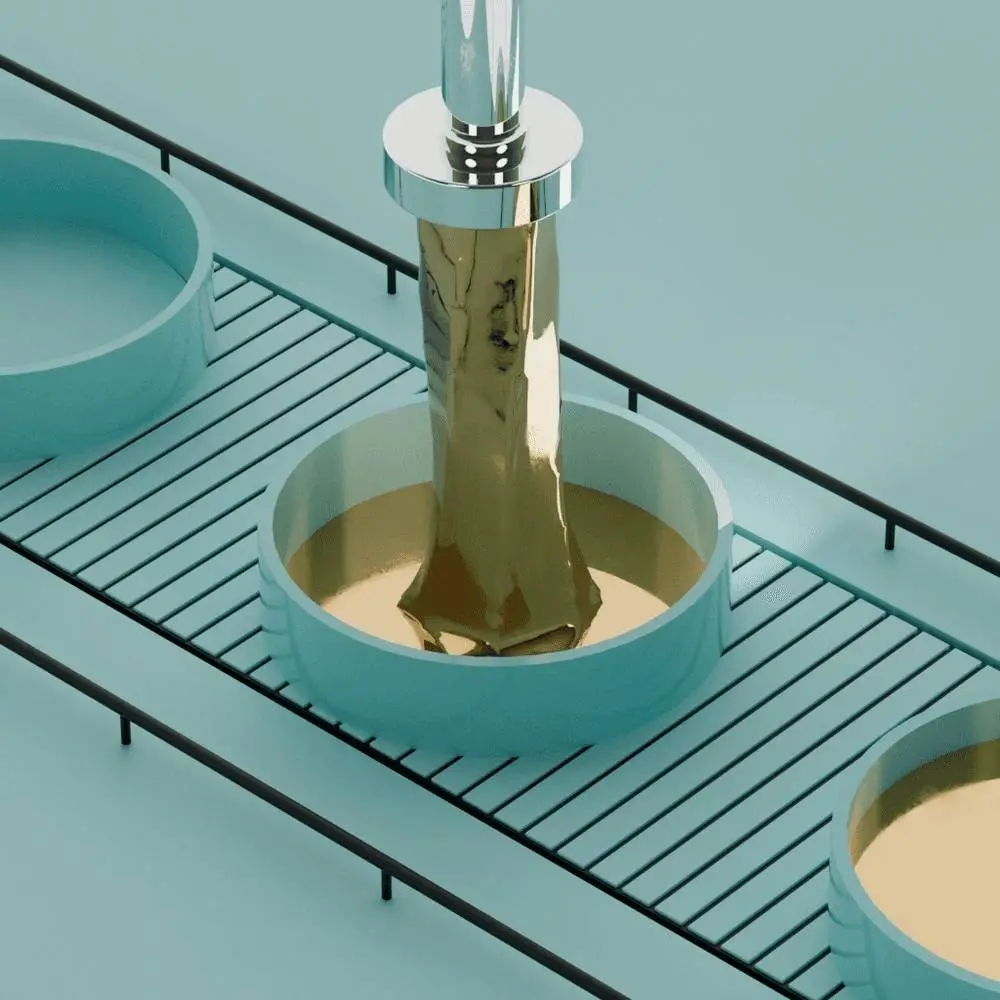
| Oddly Satisfactory
#フォーラム
香川 舞衣 東京大学大学院 学際情報学府 修士課程1年 筧研究室
InstagramやYouTubeで、「Oddly Satisfying」というジャンルが流行している。私たちはこれらの映像をなぜかぼんやりと眺めてしまい、奇妙な心地よさを感じたり、なんとなく満たされた感覚を得たりすることがある。 本作品では工場でものが加工される過程が多く取り上げられていることに着目し、3DCGで映像を制作した。 この言葉にし難い「よさ」はどこから生まれるのか。私たちはどこに「よさ」を感じるのだろうか。
"Oddly Satisfying videos" have been trending on Instagram and YouTube. For some reason, we find ourselves gazing dazedly at these videos, feeling strangely comfortable or somehow fulfilled. In this work, I focused on factory processing, which is often featured in this genre, and created a video in 3DCG. Where does this indescribable "goodness" come from? What do we feel "goodness" in?
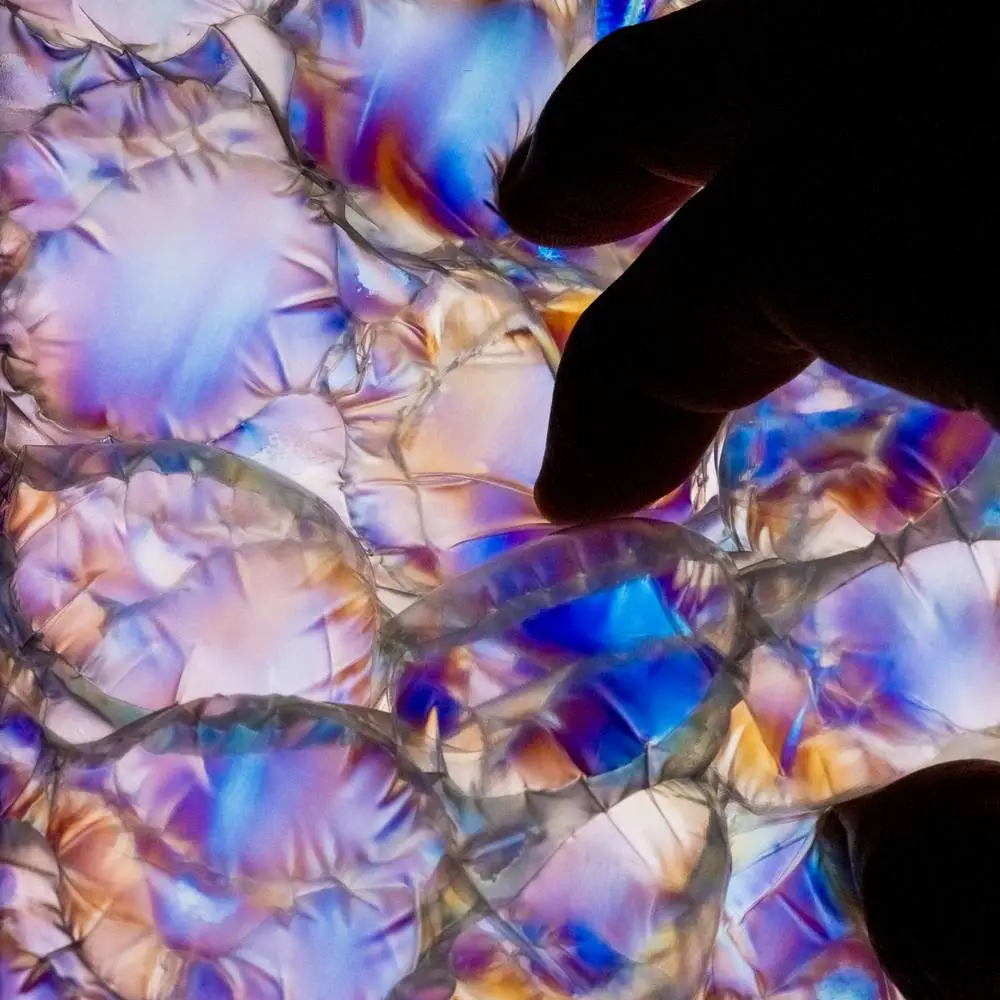
| iiiex2022 メインビジュアル
#2F展示室
上野 太誠 東京大学大学院 学際情報学府 修士課程1年 筧研究室
溝𦚰 由女 東京大学大学院 学際情報学府 修士課程1年 筧研究室
森 達哉 東京大学大学院 学際情報学府 修士課程1年 Pennington研究室
東京大学制作展2022のデザインチームでは,本展示のためのビジュアル制作に取り組んだ.本展示は「Emulsion」と題する.これは端的には乳化のことだが,異種なものが混在し共存する状態を指すと解釈できる.我々はビジュアルを制作するにあたり,異なるものたちが織りなす融和と反発そのものを美しく可視化したいと考えた.そこで光の屈折や光弾性体に着目し,プラスチックやエポキシなど様々な物体を用い,我々自身がそれらと触れ合うことで生じた情景を撮影した.カラフルでCGのようにもみえるグラフィクスは,人間と物体との共存による融和と反発を,光学系が可視化したものである.
The design team of the University of Tokyo Exhibition 2022 worked on the visuals for this exhibition. The exhibition is titled "Emulsion". This can be interpreted as a state of coexistence of different things. In creating the visuals, we wanted to visualize beautifully the fusion and repulsion between things with different properties. We focused on light refraction and photoelastic materials, and used various objects such as plastic and epoxy, and photographed the scenes created by our own contact with them. The colorful, computer graphics-like graphics visualize the fusion and repulsion caused by the mixture of humans and objects through optics.

| ema NEW FACE
#2F展示室
ラウリー 華子 東京大学大学院 学際情報学府 修士課程2年 矢口研究室
山下 夏生 東京大学大学院 学際情報学府 修士課程2年 上條研究室
溝𦚰 由女 東京大学大学院 学際情報学府 修士課程1年 筧研究室
本作品は架空のAIモデル事務所「ema agency」を通じて、先端技術と業界慣習とのインタラクションの可能性を思索する。 本作品に登場する「ema agency」は、日本のファッション・広告業界で宣伝されている容姿をAIに入力し、「ema model」を生成する。中でも、広く一般化されている「ハーフモデル」のカテゴリに焦点を当てる。 モデルポートフォリオやモデルの一人であるema 001への反応を紹介することで、「ema agency」が映す近未来像に対する疑問を問いかける。
This work presents an AI model agency that speculates how the use of emerging technology may interact with existing industry practices. The proposed ema agency is comprised of models generated by AI trained on existing commodified appearances within the Japanese fashion and advertising industry. In particular, this work considers the widely-used industry category: "hāfu model". By showcasing the portfolio and industry reactions to one of the models ema 001, the work invites audiences to consider what questions this proposed vision of the near future leaves us. Credits: Photographer: Misa Kusakabe Stylist: Chloe Michaud Hair/Makeup: Kensuke Hamada Website Translation: Issei Usui Special thanks to B'AI Global Forum.
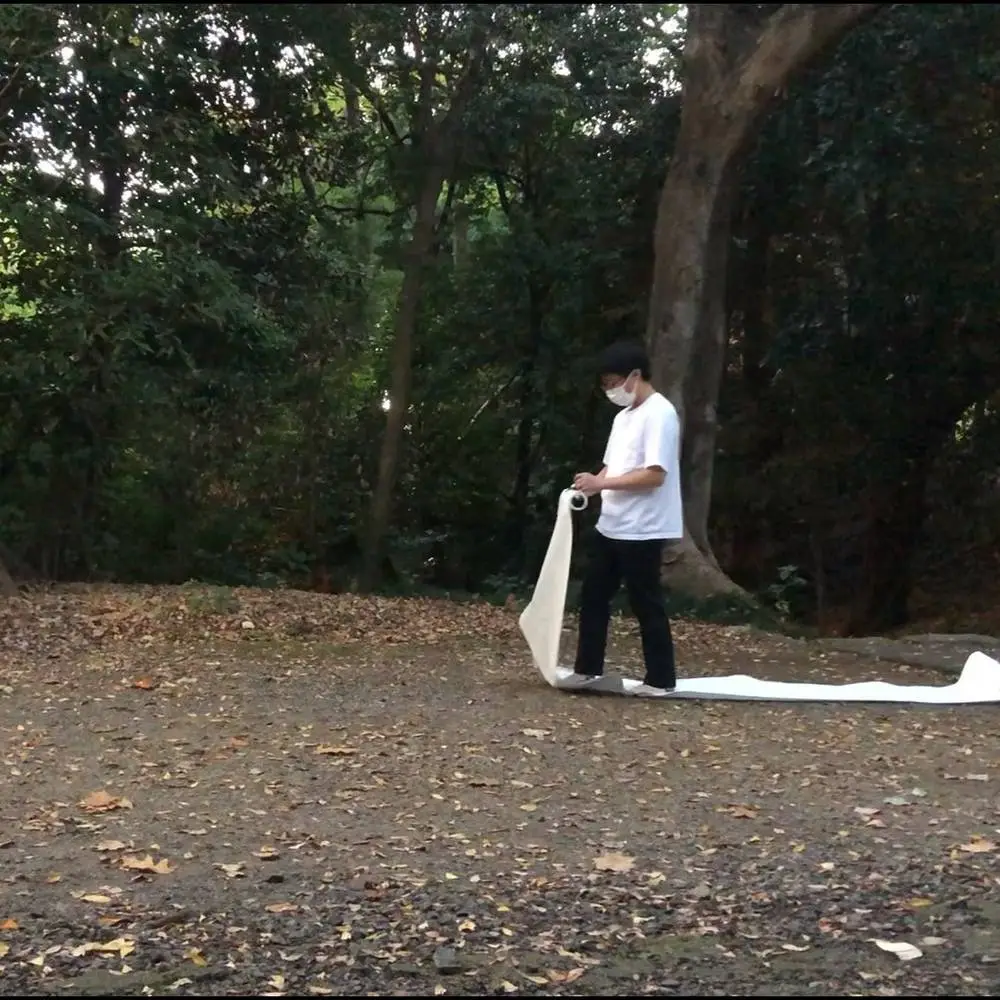
| text-Walk
#2F展示室
柴田 博史 東京大学 教養学部 教養学科 超域文化科学分科 4年
下島 銀士 東京大学大学院 学際情報学府 修士課程1年 矢谷研究室
スマートフォンの普及により、歩きながらの携帯の使用、 通称歩きスマホの危険性が指摘されて長い。 しかし歩きスマホは本当に「悪」なのだろうか? そもそも「歩く」ことは知的な振る舞いにとって重要だ。アリストテレスは散歩をしながら講義を行ったといわれ、ジョブズは散歩ミーティングを支持したという。 そうして歩くことで生まれた発見は、壁や日記に「書かれる」ことで固定化され引き継がれてきた。 「歩きながら書く」ことは本来難しかった。両手を固定されるのは窮屈だし、沢山のことを書くだけの記録媒体を持ち歩くのは骨が折れる。 text-Walkでは書きと歩きの運動を同じ平面上に表現する。 歩きスマホがはるかに容易にした「歩きながら書く」ことは果たして新しい発見をもたらすのだろうか?
With the spread of smartphones, the dangers of using cell phones while walking, commonly known as "Arukisumaho" (or writing while walking) have been pointed out. But is writing while walking really bad? To begin with, walking is important for intellectual behavior. Aristotle is said to have lectured while walking, and Steve Jobs endorsed walking meetings. The discoveries made by walking have been fixed and passed on by being written on walls and in diaries. Writing while walking was inherently difficult. It is cramped to have both hands occupied, and it is hard to carry around a recording medium to write a lot. With text-Walk, the motions of writing and walking are represented on the same plane. Will writing while walking really bring about new discoveries?
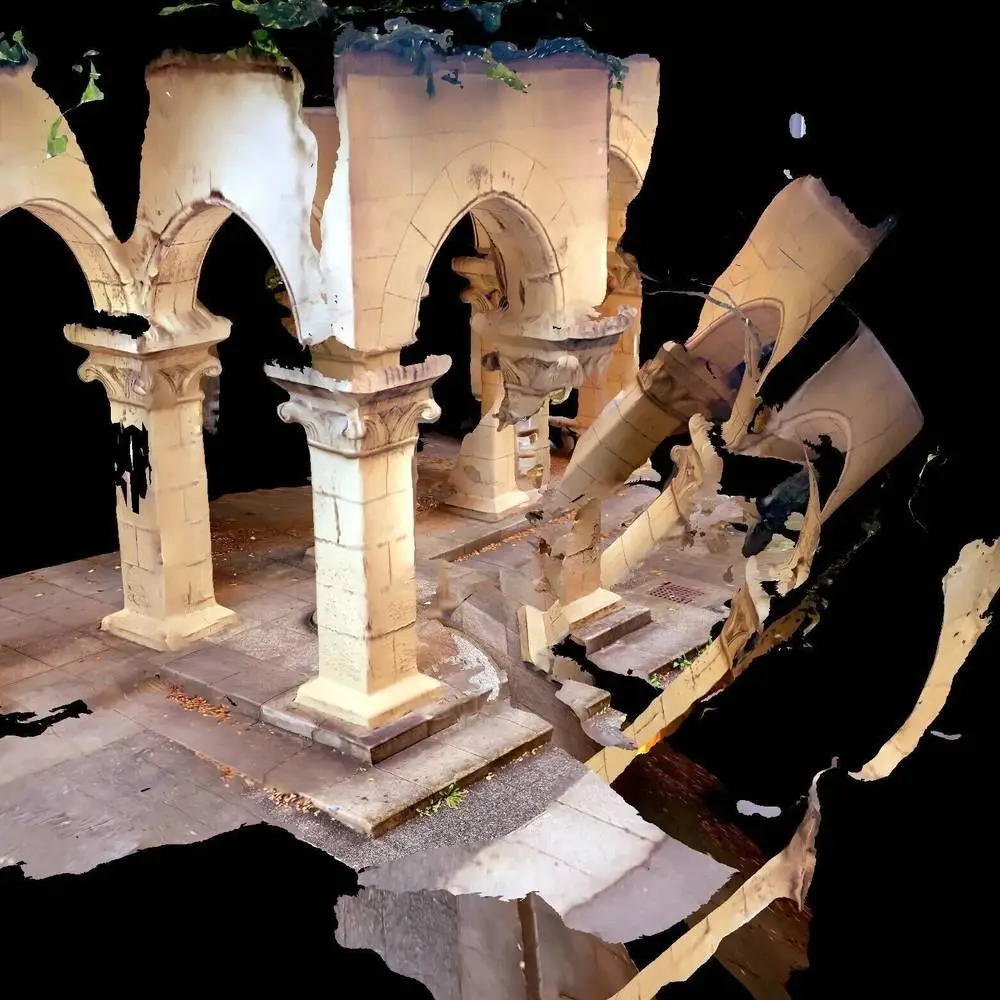
| cubiSm
#2F展示室
佐藤 良祐 東京大学大学院 情報学環教育部 1年
藤堂 真也 東京大学大学院 工学系研究科 修士課程1年 今井研究室
現実の空間を3Dデータとして取得できる3Dスキャン。そのデータにときどき混ざる不思議な空間。私たち人間には見えない、それらの歪んだ空間、あるはずのない空間を見ることを試みる。
3D scanning technology that can acquire the 3D data of real space exists. Even used normally, this technology is quite amazing. However, if you put a mirror in the space, the data will be mixed with a mysterious, irregular space. A space that is strangely distorted, or that cannot exist in reality. Such a space exists because of the "weakness" of 3D scanning technology, and some might say it should be "corrected". However, isn't it interesting to see a space that can be captured by 3D scanning technology but not by us humans?

| Growing_shadow
#2F展示室
今村 知美 東京大学大学院 学際情報学府 修士課程1年 筧研究室
夕暮れ時に、自分の身長以上に伸びる影を見て面白さを感じたことはないだろうか。 本作品では、影が「伸びる」ことを「成長」と解釈し、ひとつの立体の中に時間軸方向の混ざり合いを閉じ込めることを試みた。 それぞれの像は、照らし方によって異なる姿の影を落としていく。 通常では実体の動きに影が対となって変化するが、本作品では、光源を動かすことで影だけがうつり変わる。 光の軌跡にしたがって「成長する」影を見て、あなたは何を感じるだろうか。
Have you ever felt interest when you saw a shadow stretching more than your height at dusk? In this work, I interpreted the "stretching" of shadows as "growth" and attempted to confine the mixing of time axis directions within a single object. Each statue casts a shadow of a different appearance depending on how it is illuminated. Normally, the shadows change in pairs with the movement of the entities, but in this work, only the shadows change as the light source is moved. What do you feel when you see the shadows "growing" according to the trajectory of the light?

| gear_with-out
#2F展示室
船井 翔 東京大学大学院 学際情報学府 修士課程1年 Pennington研究室
今村 知美 東京大学大学院 学際情報学府 修士課程1年 筧研究室
gear_with-out コンセプト:船井翔、設計:今村知美 日常社会での人と人との、あるいは人と事物との関係性は、動的である。 近づいたり離れたり、意気投合したり喧嘩したり。 本作品では、歯車が固定から解き放たれて動き出し、動的な関係性を生み出す。 ある時は噛み合って滑らかに回り出す。ある時は互いに干渉して食い違う。またある時は空転するかもしれない。 歯車たちの動きから、あなたはどんな関係性を見出すだろうか。
gear_with-out Concept: Kakeru Funai, Design: Tomomi Imamura Relationships between people or between people and things in everyday society are dynamic. They approach and move away from each other, they get along and quarrel. In this work, the gears are freed from their fixation and set in motion, creating a dynamic relationship. At times, they mesh and turn smoothly. At other times they interfere with each other and become misaligned. At other times they may spin out of control. What kind of relationship will you find in the movement of the gears?
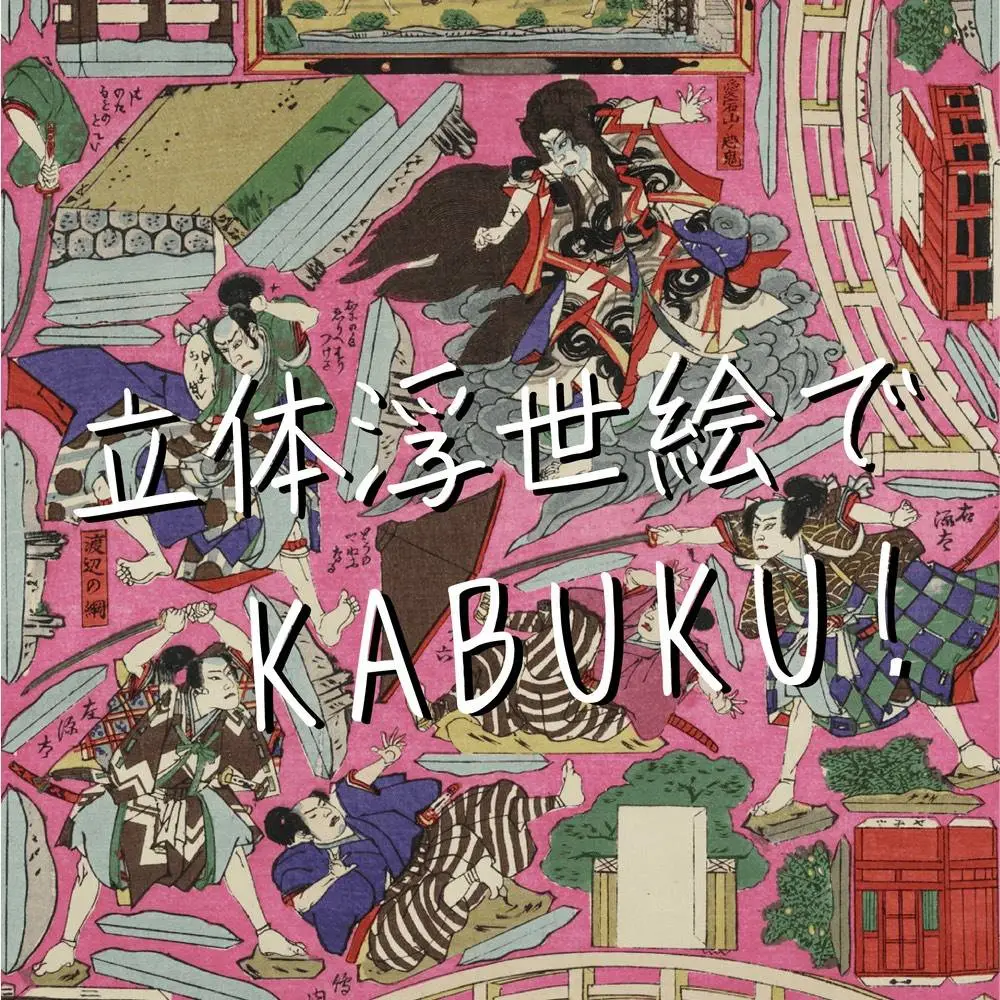
| 立体浮世絵でKABUKU!
#2F展示室
余合 彩子 東京大学大学院 学際情報学府 修士課程1年 苗村研究室
東出 りさ 東京大学大学院 情報学環教育部 2年
坂本 祐輝 東京大学大学院 学際情報学府 修士課程1年 苗村研究室
"本作品では、室町時代を起点として始まった立体造形物の光と影を楽しむ文化のメディア変遷を追い、歌舞伎の舞台仕立ての「組み上げ灯籠(立版古)※」を現代の先端技術で表現する。 昨年度は同名の作品において立版古をAR技術を用いて再現したが、今年度は空中像を用いて再現を試みた。 過去と現在、時代の移ろいを感じながら、立版古の魅力をお楽しみ下さい。 ※ 浮世絵版画の一種。盆供養で飾られた紙細工の灯籠が起源であり、江戸から大正にかけて、玩具絵として大衆に流行した。人々は画中から人物や家屋などの部品を切り抜き、立体的に組み立てて、灯りと共に眺めて楽しんだ。 素材:「戻橋恋のつのもじ組上」 提供:立命館大学アート・リサーチセンター所蔵(arcUP5644~5646)" 音源:常磐津「戻橋」
This work follows the media transition of the culture of enjoying the light and shadow of three-dimensional artifacts that began in the Muromachi period (1333-1573) in Japan, and expresses the "Kumiage-toro” (also known as “Tatebanko”)* of the Kabuki stage using modern advanced technology. Last year, we used AR technology to reproduce Tatebanko in the work of the same name.This year, we attempted to reproduce it using aerial images. We hope you will enjoy appreciating the Tatebanko while feeling the transition of time from the past to the present. *A type of Ukiyo-e print which became popular as toy pictures from the Edo period to the Taisho period (1603-1926). People cut out parts from the picture, assembled them three-dimensionally, and enjoyed looking at them with lights. Original art: "Modoribashi koi no tsunomoji kumiage” owned by Art Research Center, Ritsumeikan University (arcUP5644-5646) Sound Source : Tokiwazu "Modoribashi"

| line
#92B
杉野 十輝 東京大学大学院 工学系研究科 修士課程1年 中尾研究室
境界で分けるという行為は時間と場所によって、異なる様相を見せる。 本作品は、3Dプリンターで作成したオブジェに、直線が動く映像を投影したもので、見る角度や時間によって異なる模様が現れる。真っ白なオブジェクトに直線を引いていく様子を、何もないところに境界を作り、分断していく行為になぞらえている。 浮かび出る模様は角度によって、文字として現れ、私たちが普段、境界を引くときに考える基準の例として示す。 世界各地で分断が起きるなか、私たちは違いをどう捉え、どこに境界を引くのか。 境界で分けるという個性の抽象化に遍在する偏向性について作品を通して問いかける。
Tha act of dividing at the boundary shows different aspects depending on time and place. In this work, straight line images are projected onto the object created with a 3D printer. Depending on the time and angle from which you view the object, you can see various patterns of lines.The drawing of straight lines on the white object is likened to the act of creating and dividing a boundary where there is none. As divisions occur around the world, how do we perceive differences and where do we draw boundaries? Through this work, I question the polarization that exists in the division by boundaries which is the abstraction of individuality.
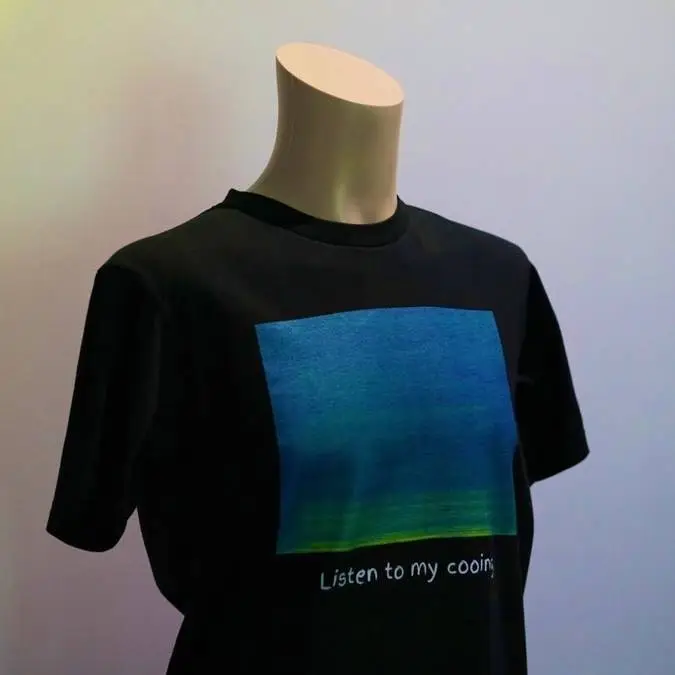
| Listen to my cooing
#92B
大森 功太郎 東京大学大学院 学際情報学府 修士課程1年 暦本研究室
これは着用者が、赤ちゃんが行う「クーイング」の真似をした音声を可視化したものがプリントされた服である。「服による日常に溶け込む赤ちゃんプレイ」を通じた、人々の心の「ゆるやかな」浄化を試みている。
This is a garment printed with a visualization of the wearer's voice imitating cooing, a vocalization method performed by babies. Pseudo-death, and then reincarnation, is one of the experiences that provide spiritual purification for people. For some, the act of religious initiation is "reincarnation," and for others, self-injury is "reincarnation." In contrast to such acts, this work attempts provide a mild "reincarnation" experience to "slowly" purify people's minds in their "daily life" and encourage them to reincarnate as a new self. Through "baby play that blends into everyday life with clothes," the work aims to implicitly approach the consciousness of the wearer and construct a means to provide a lasting catharsis. We hope that this work, and the act of wearing this work, will become a method and a movement to relieve people of their feelings of dread.
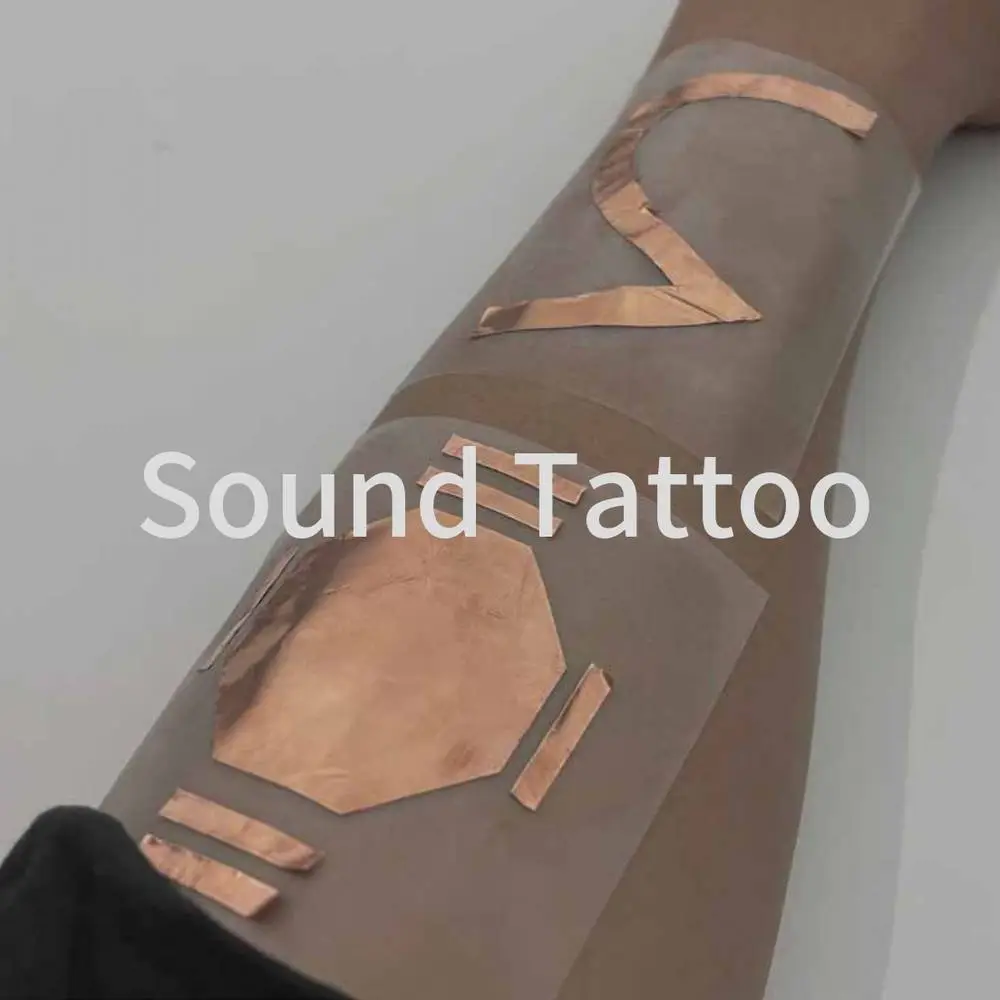
| Sound Tattoo
#92B
森 達哉 東京大学大学院 学際情報学府 修士課程1年 Pennington研究室
李 沐航 東京大学大学院 学際情報学府 修士課程1年 Pennington研究室
東京大学内の松久研究室では、「伸縮性エレクトロニクス」というゴムのように柔軟に伸び縮みする電子デバイスの開発技術が研究されています。電子デバイスを私たちの肌と一体化するように、ストレスなく長い期間にわたって取り付けることができます。 この作品ではその伸縮性エレクトロニクスの技術の応用可能性に目を向け、タトゥーのように肌表面に組み込むことができる未来の楽器をプロトタイピングしました。 私たちといつも共にある自らの肌。 その肌の表面に直接触れることによって音を奏でることができたとしたら。 私たちの日常はあらゆる音に彩られた、これまでにはない豊かなものになるのではないでしょうか。
"Stretchable Electronics" is a technology for developing electronic devices that stretch and contract with flexibility like rubber, which is researched in Matsuhisa lab at the University of Tokyo. With the technology, those electronic devices can be attached to our skin for long periods without stress as if they are parts of our body. This work focuses on the potential applications of stretchable electronics technology, prototyping future musical instruments that can be integrated into the surface of our skin like a tattoo. Our skin is always with us. What if it were possible to produce sound by touching the surface of our skin? Our daily life would be enriched greatly, with all kinds of sounds.
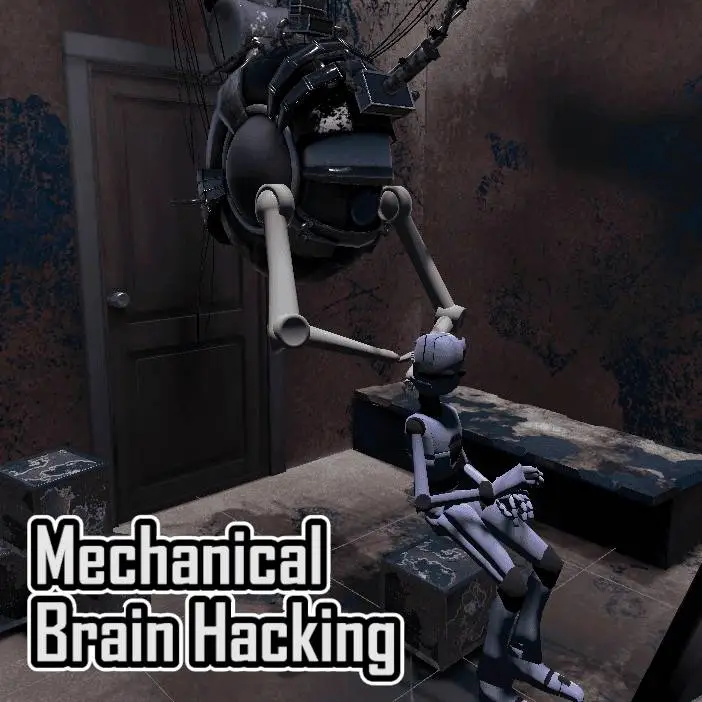
| Mechanical Brain Hacking
#92B
高下 修聡 東京大学大学院 学際情報学府 修士課程1年 稲見研究室
壊れかけのロボットとなり、自らの脳を開き、改造し、身体システムを修復する。電気刺激・触覚刺激により、身体をリアルタイムに編集する感覚を得る。体験を通し、機械生命にとっての自己の在り方を問う。
The biological brain is almost inviolable, its activity difficult to observe, and therefore mysterious. Then what if it is a machine's brain? In this project, the participants will become a broken robot whose limbs are almost completely immobilized, and will open their own brains to repair the circuits in their brains, providing the experience of repairing and modifying their body systems in real time. By reconnecting the circuits extending from the "consciousness module" in the robot's brain to its limbs, the robot acquires control of its limbs. When the circuits are misconnected, the limbs will operate in a way that differs from that of reality. The sensation of brain invasion is presented through tactile stimulation, and the sensation of gaining control of the body is presented through electrical stimulation. Through the modification of their own brain and body systems, participants will encounter a new set of values as a living of a mechanical body.
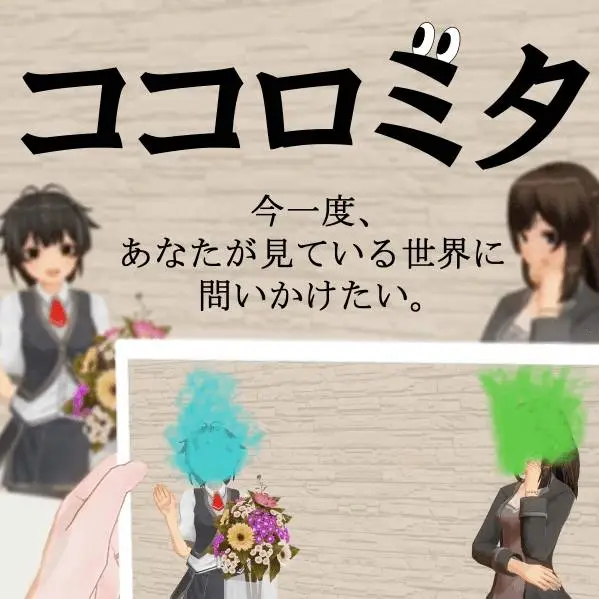
| ココロミタ
#92B
中澤 紀香 東京大学大学院 学際情報学府 修士課程1年 川越研究室
山崎 丈 東京大学大学院 学際情報学府 修士課程1年 上條研究室
西田 直人 東京大学大学院 学際情報学府 修士課程1年 暦本研究室
共感覚を持つAIの見ている世界を通じて、同じ世界を見ていても人によって見えている世界は違うということを体験していただきます。
Imagine one person in your mind. It can be a family member, a friend, a lover, an impressive person you pass on the street, or anyone else. Can you imagine that person? Then, what color do you perceive his/her image to be? Pinkish red? Between green and blue? How about texture? Fluffy? Crunchy? Or do you feel no such color or texture? We sometimes feel colors in response to letters, sounds, and people. And other times, feel sounds and tastes in fragrances. These phenomena, multiple senses triggered by a single stimulus, are called Synesthesia. Through the world as seen by the AI with synaesthesia, we ask you about the world you are seeing once again. Even if we are seeing the same world, the world you see is different from others. That's something only you can see and feel.
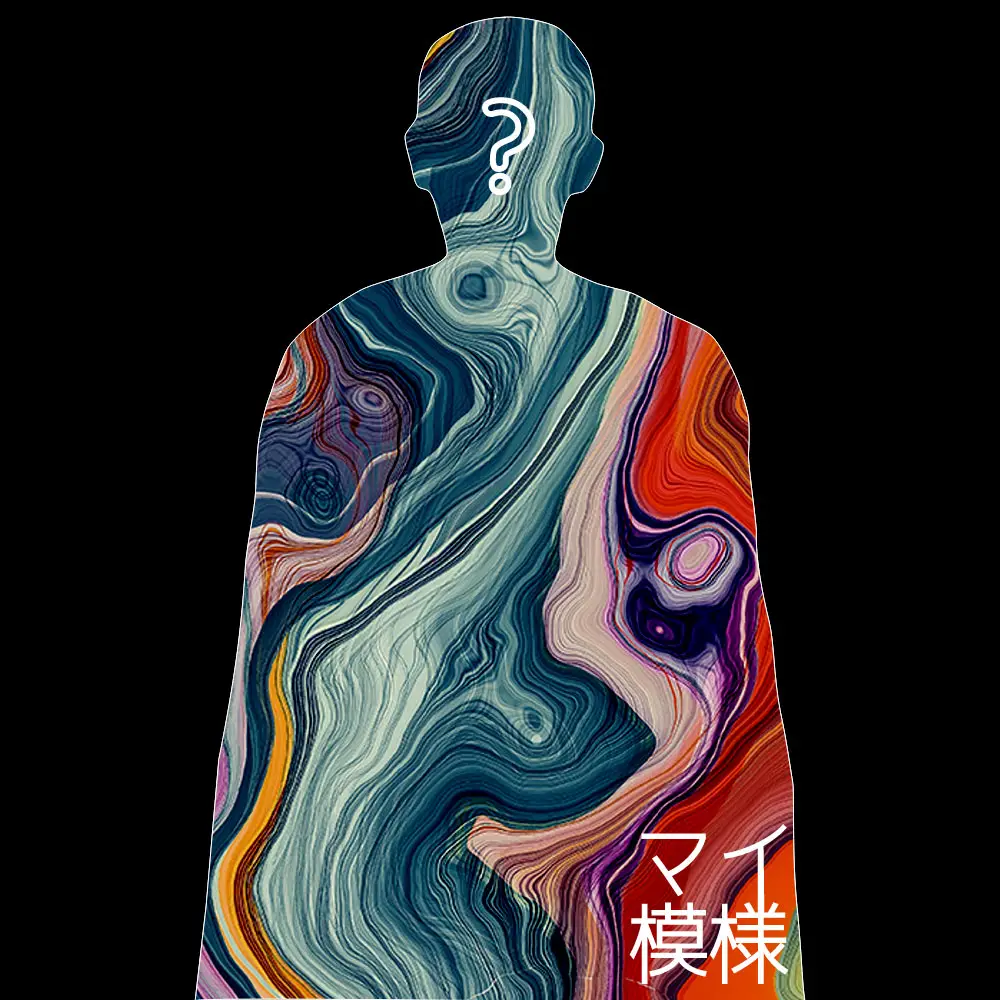
| マイ模様
#92B
吉川 諒 東京大学大学院 学際情報学府 修士課程1年 矢谷研究室
荒巻 美南海 東京大学大学院 学際情報学府 修士課程1年 苗村研究室
篠原 翼 東京大学 経済学部 経営学科 3年,情報学環教育部 2年
濱 祐輝 東京大学大学院 学際情報学府 修士課程1年 影浦研究室
我々はお互いを名前で呼び合って識別します。マイナンバーなどのように、数字や記号を用いる場合もあります。しかし、番号は意味を持たない記号に過ぎず、名前は生まれた時に一方的に与えられるものです。では、その人の個性やそれまでの人生を象徴する識別子はないのでしょうか。 この作品では、新たなアイデンティティの可能性として「模様」を提案します。古くから日本には、家の伝統を象徴する「家紋」があります。家紋のように、自分の好みや来歴を模様として表現できれば、ただのID(Identification)にとどまらず、Identityとしても機能するのではないでしょうか。 制作展の他作品への好みなどをもとに、制作展内での識別子としてあなただけの「マイ模様」を作っていただきます。模様の持つ可能性を体験してみませんか。
We identify each other by name. Numbers or symbols, like my number, are also used. But numbers are merely symbols without meaning, and names are given at birth, without their knowledge. Then, is there no identifier that symbolizes a person's personality and their life? In this work, we propose "my moyou(pattern)" as a new identity. Since ancient times, Japan has had "Kamon (family crests)" that symbolize family traditions. If we could express our preferences and history as a pattern, like a family crest, it would not only be an ID (identification), but also serve as an identity. In this work, you can create your own "my moyou" as an identifier within the exhibition, based on your preferences for other works in the exhibition. Let's experience the possibilities of pattern.

| Alternarrative
#92B
松本 篤弥 東京大学大学院 学際情報学府 修士課程1年 葛岡・雨宮・鳴海研究室
相園 晃佑 東京大学大学院 学際情報学府 修士課程1年 上條研究室
中野 翔太 大阪大学 基礎工学部 数理・データサイエンス・AIエキスパート人材育成コース 4年
田中 嶺汰
【物語中の「推し」・「嫁」・「waifu」と対話したい】 人類の夢の一つであるそれは、技術の発展により着実に近づいている。 しかし、物語中のキャラクターの話し方・声・身振り手振りを人工知能で再現し、VRで高精細に表示すれば、キャラクターと対話できるといえるのだろうか? 否、物語の登場人物は、それ単体で実存しているのではなく、他のキャラクターとの人間関係によって成立する存在と考える。 現実とのギャップを克服し、実感をもって対話を行うためには、キャラクターの再現だけでなく、自身がその魅力を引き出せる主人公に変身する必要がある。 本作品では、小説、映画、VRと徐々にリアリティの解像度を上げていき、ヒロインと会話したいキャラに変身してもらうことで、現実とのギャップを克服し、キャラクターとの対話を楽しんでもらう。 11/18公開の動画:https://youtu.be/YjTc9Ph4YX0
[I want to interact with the "oshi", "yome" and "waifu" of stories] One of mankind's dreams, it is steadily approaching with the development of technology. However, if the speech, voice, and gestures of a character in a story are reproduced by artificial intelligence and displayed in VR, can we say that we can interact with the character? We believe that characters in a story do not exist on their own, but are established through human relationships with other characters. In other words, in order to interact with a character, it is necessary not only to reproduce the character, but also to transform oneself into the other character in order to bring out the charm of the character. However, simply putting on an avatar in VR is not enough to transform oneself. Rather, it is the novel, which requires imagination, that makes us realize that we can transform ourselves. Therefore, we gradually increase the resolution of reality from novels to movies to VR, and have the heroine transform into a character she likes and wants to talk with. Then, the heroine is transformed into a character that you like and want to talk with.

| Memorial Universe
#オープンスタジオ
周 寧 東京大学大学院 学際情報学府 修士課程2年 渡邉研究室
本作品の目的は,画像・映像の記録が存在しない,埋もれているエピソード記憶をより深く呼び起こすこと。そのために,参加者に「埋もれているエピソード記憶」のストーリーを文脈に沿ってセンテンスに分割して入力してもらい,データマッピングにより,各センテンスの関係・構造を視覚化するとともに,各センテンスをプロンプトとしてAIで画像を生成し, 提示する作品を制作する。
The purpose of this work is to evoke buried episodic memories for which no image or video recordings exist. For this purpose, we asked participants to input the stories of "buried episodic memories" by dividing them into sentences according to the context, visualize the relationship and structure of each sentence by data mapping, and generate and present images using AI as prompts for each sentence.
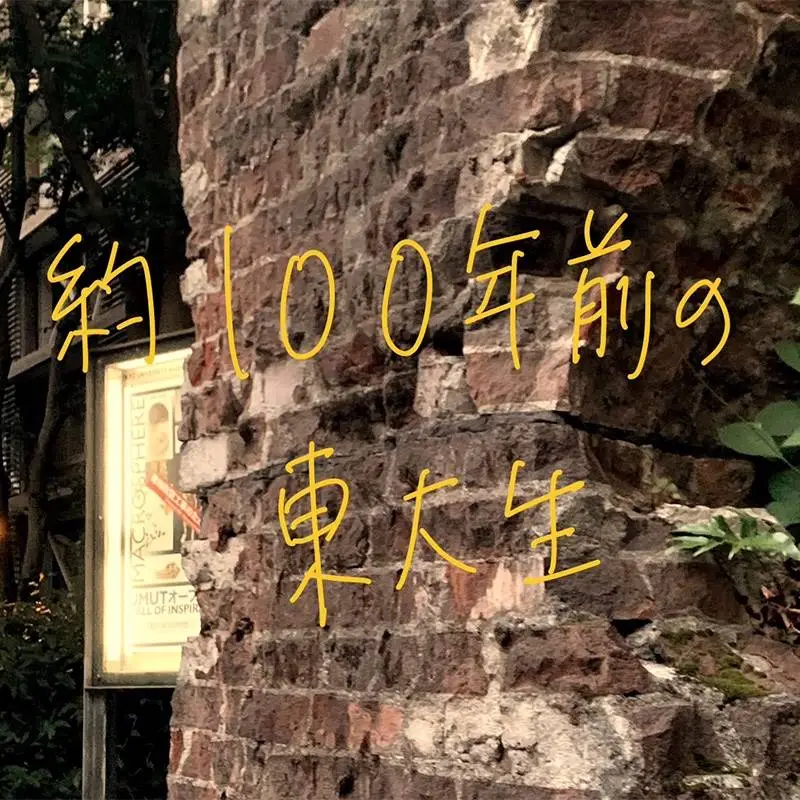
| 100年前の東大生
#オープンスタジオ
東出 りさ 東京大学大学院 情報学環教育部 2年
李 璐 東京大学大学院 学際情報学府 修士課程1年 植田研究室
東京帝國大学の学生だった祖父。 震災復興に向けて新しくなっていく本郷キャンパスで過ごした祖父は、何を感じたのだろうか。 竣工当時のままを多く残す、東京大学医学部1号館を実写VRで、追憶する。 1923年(大正12年)9月1日 関東大震災 1929年(昭和4年)4月1日~1933年(昭和8年)3月31日 祖父の在籍期間 1931年 (昭和6年) 東京大学医学部1号館 竣工
My grandfather was a student at Tokyo Imperial University. What did my grandfather feel when he spent his time at the Hongo Campus, which is renewed as part of reconstruction after the Great Kanto Earthquake? A live-action VR of the University of Tokyo School of Medicine Building No. 1, which retains much of what it was at the time of completion, is recollected. September 1, 1923 (Taisho 12) Great Kanto Earthquake. April 1, 1929 (Showa 4) - March 31, 1933 (Showa 8) Grandfather's enrollment period. 1931 (Showa 6) Completion of the University of Tokyo School of Medicine Building 1.
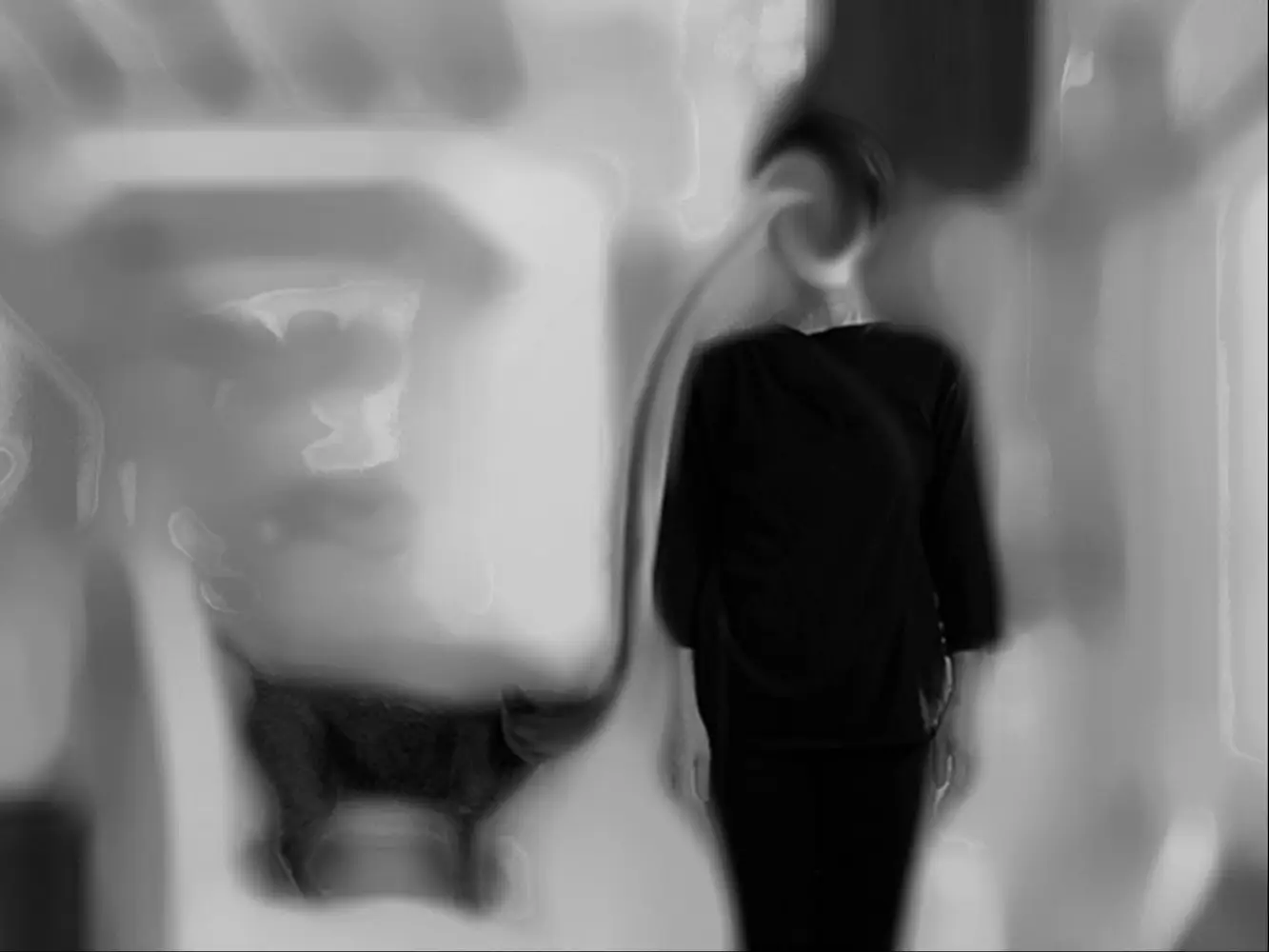
| Cathrophony
#オープンスタジオ
中橋 侑里 東京大学大学院 学際情報学府 修士課程1年 苗村研究室
ある狩猟民は獲物を仕留めるときに、獲物が立てる音を真似て、置かれている状況を獲物の感覚で知覚するという。 この作品は、狩猟民のように、近代住宅で共に暮らす猫が立てる音を模倣する。 "私"から離れ、猫の感覚に立ち、静かなエネルギーを出してみる。 日常で、私たちが耳を傾けていない、人が出す音に目を向けて、都市で失われている生き物の音(biophony)と増え続けている人の音(anthrophony)の関係を浮き彫りにする。
Some hunters mimic the sounds their prey make when they capture it, perceiving the circumstance in which they are placed with the senses of their prey. This project, like the hunters, mimics the sounds domesticated cats make in a modern house. I stand in the perspective of the cat, away from the "I", and try to generate a quiet energy. Turning our attention to the sounds humans make in everyday life that we do not listen to, the project emphasizes the relationship between the sounds of other creatures (biophony) that are being lost in the city, and the ever-increasing sounds of humans (anthropophony).
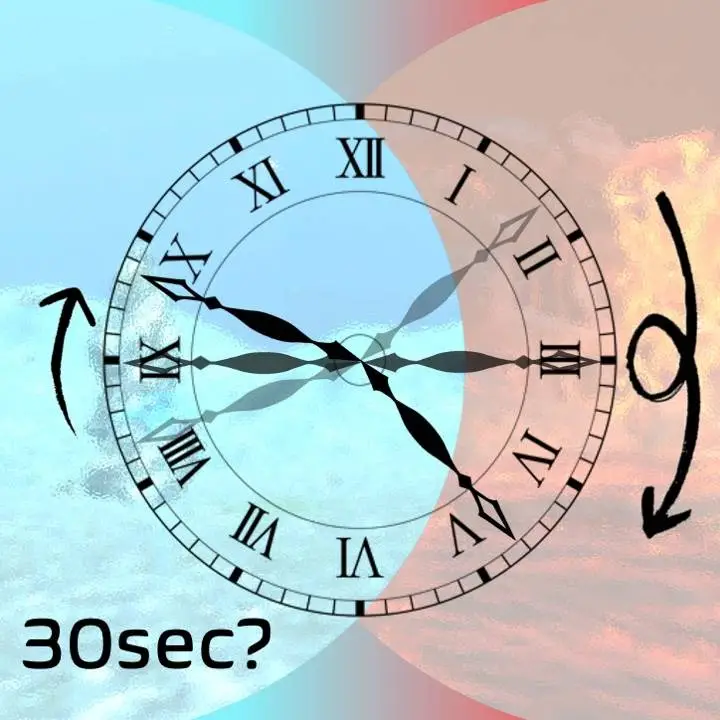
| 30 sec?
#オープンスタジオ
太田 貴士 東京大学大学院 情報理工学系研究科 修士課程1年 葛岡・雨宮・鳴海研究室
森 達哉 東京大学大学院 学際情報学府 修士課程1年 Pennington研究室
ゆったりと遅い時間を過ごしている人もいれば、せわしなく速い時間を過ごしている人もいる。また、私たちは暇を持て余し時間の経過を遅く感じることもあれば、楽しいことをしていて時間の経過を早く感じることもある。時間感覚は、人によって、状況によって、様々に変わりうるが、今を生きている私たちは、ついつい自分の時間感覚が絶対的な基準のように感じられる。 この作品では、体験者の時間評価に影響を与えるマルチモーダルなトリックがコーディングされたVR環境に入り込むことで、自らの時間評価が無意識に歪められる体験をすることができる。体験を通して自らの時間感覚がいかに動的なものであるかを再認識することができる。 体験中にあなたが感じる30秒は果たして何秒になるだろうか。
Some spend time leisurely and slowly, while others are busy and fast. We may also feel that time passes slowly when we are bored, while quickly when we are doing something enjoyable. Our sense of time can fluctuate according to person and situation, but those of us who live in the present tend to feel as if our own sense of time is the absolute standard. In this work, by entering a VR environment in which multimodal tricks are coded to influence the viewer's evaluation of time, you can experience an unconscious distortion of your time estimation. Through this experience, you may rediscover how dynamic your own sense of time is. How many seconds will the 30 seconds you feel during the experience really be?
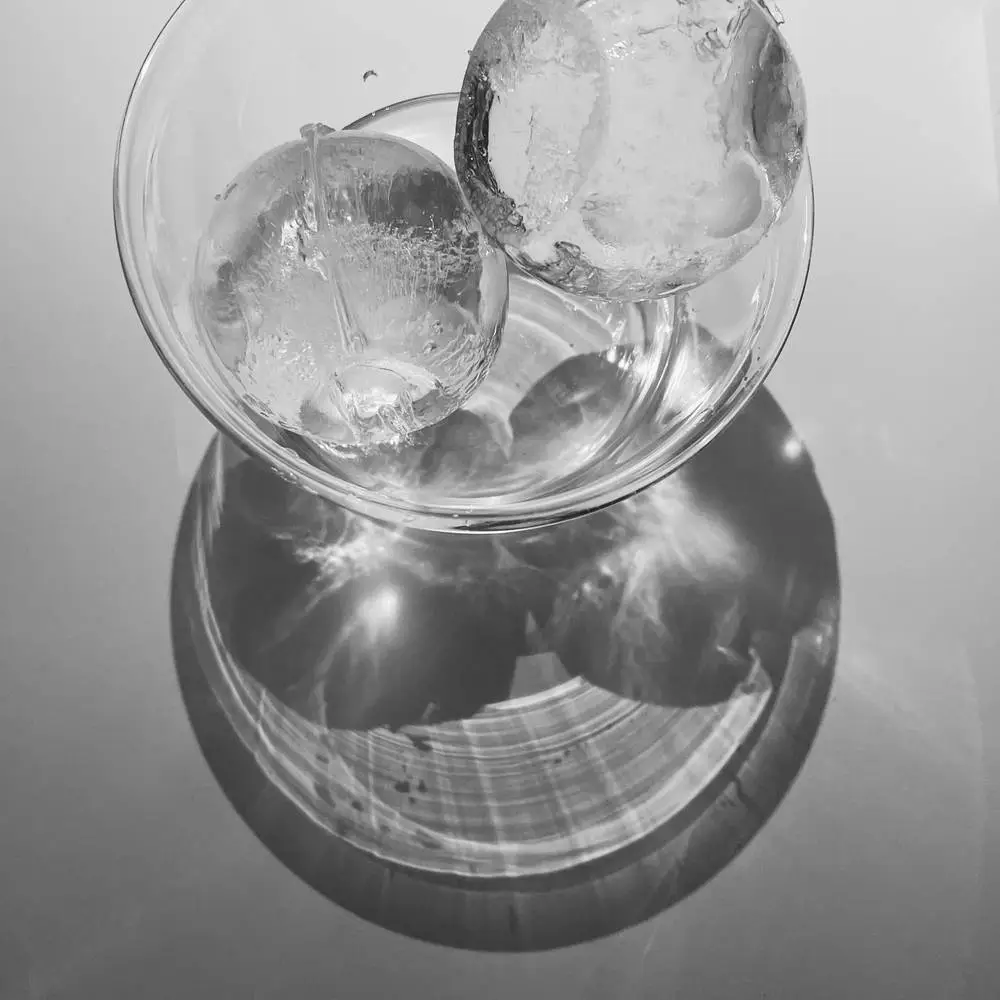
| ひかりあつめ
#オープンスタジオ
神園 千鶴 東京大学大学院 学際情報学府 修士課程1年 小川研究室
青山 佳音 東京大学大学院 学際情報学府 修士課程1年 筧研究室
氷が溶ける過程で発生する水の動きを、集光現象(コースティクス)を用いて現したモビール。 モビールは自然現象や機械仕掛けにより動く彫刻の総称で、このモビールでは大気のわずかな揺れや温度も動力となる。 氷はそれぞれの表面積や、会場の気温によって溶ける速度が変わり、いまこの瞬間しか鑑賞できない光の模様を描きだす。
This mobile uses the phenomenon of caustics to show the movement of water generated in the process of melting ice. Mobile is a general term for sculptures that move by natural phenomena or mechanical devices, and in this mobile, even the slightest tremor or temperature of the atmosphere is a source of power. The ice melts at different rates depending on the surface area and the temperature of the venue, creating patterns of light that can only be appreciated at this moment.

| curtain ver.2
#オープンスタジオ
藤堂 真也 東京大学大学院 工学系研究科 修士課程1年 今井研究室
森田 和真 東京大学大学院 情報理工学系研究科 修士課程1年 竹内・森本研究室
呉 夢瑶 東京大学大学院 学際情報学府 修士課程1年 佐倉研究室
美術館で同じ絵を見ていても、イヤホンで音声ガイドを聴いている人とはきっと見え方が違うだろう。インスタでバズっていたフォトスポットの景色の美しさは、SNSをやらない友人の目にも同じように映っているのだろうか。 デバイスが個別化しコンテンツが流動的になっていく中で、例え同じ建築の中にいても、隣の人と「同じ空間を共有している」と言うことは難しくなっていく。 建築により用意された演出空間が薄れていく代わりに、空間には人それぞれの演出が共存し柔らかく蠢いている。その「人それぞれ」が混ざり合い重なり合っている様を風景に還元することができないだろうか。 静かに揺らぐcurtainは、さりげなく他者を風景に紐付ける。
Even if people are looking at the same picture in a museum, some will surely see it differently from those who are listening to an audio guide with earphones. I wonder if my friends who do not use social networking sites would see the same beauty in the photospot that was buzzing on Instagram. As devices become more personalized and content more fluid, it becomes increasingly difficult to say that we are "sharing the same space" with the person next to us, even if we are in the same architectural space. Instead of the meaning of space provided by the architecture fading away, the space is softly stirring with the coexistence of each person's own meaning. Is it possible to reduce the "each person" mixing and overlapping to a scenery? The quietly shimmering curtains casually connect others to the scenery.
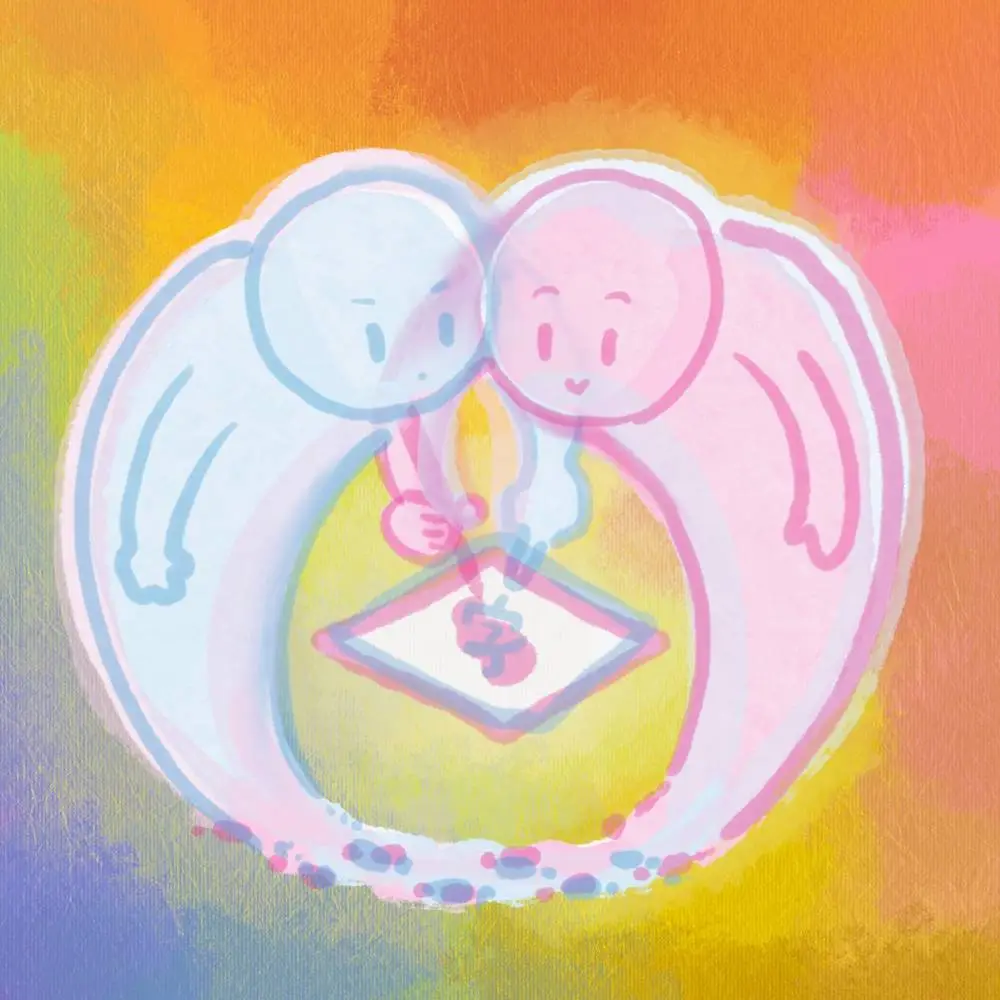
| 鑑賞を鑑賞する
#オープンスタジオ
仲沢 実桜 東京大学大学院 学際情報学府 修士課程1年 山内研究室
楊 梓桑 東京大学 工学部 建築学科 3年,情報学環教育部 1年
堀部 咲歩 東京大学大学院 学際情報学府 修士課程1年 暦本研究室
https://sites.google.com/view/kansyo-wo-kansyosuru
本作品は、 来場者が「東京大学制作展2022」の作品を鑑賞した経験を 描き手となる私との対話をとおして語り、 その対話のプロセスをダイナミックなビジュアル(文字・形・色彩)によって描いたものである。 語られた鑑賞経験は、そのままでは目に見える形では残らない。 ビジュアルを見ながら対話することで、ビジュアルに触発された気づきが生まれうる。 また、対話の後に残されたビジュアルを見ることによって、自身の鑑賞経験を振り返る契機にもなるだろう。 ※本作品のビジュアルは、展示会場とウェブサイトの双方で見ることができる。 また、展示会場でおこなわれるビジュアルを作るための対話体験に参加することもできる。 (対話体験は、事前に予約した者の参加を優先する。)
This work is dynamic visual (text, form, and color) depictions of the dialogue process that visitors talked about their experiences appreciating the works of "iii Exhibition 2022" with me as the painter. The appreciation-experience as told does not remain as it is in a visible form. Dialogue while viewing the visuals can generate awareness inspired by the visuals. Looking at the visuals left behind after the dialogue may also provide an opportunity to reflect on one's own appreciation-experience. *The visuals of this work are available for viewing both at the exhibition and on the website. Visitors may also participate in the interactive experience of creating the visuals at the exhibition site. (Priority will be given to those who make reservations in advance for the interactive experience.)
Members
- プロデューサー
- 香川 舞衣柴田 博史杉野 十輝
- 制作マネージャー
- 佐藤 良祐高下 修聡
- ディレクション
- 吉川 諒中澤 紀香中橋 侑里
- 会計
- 下島 銀士山崎 丈
- 広報
- 荒巻 美南海呉 夢瑶坂本 祐輝田中 瞳船井 翔山下 夏生
- デザイン
- 溝𦚰 由女森 達哉上野 太誠篠原 翼
- 会場デザイン
- 藤堂 真也今村 知美神園 千鶴建道 佳一郎
- Web
- 西田 直人堀部 咲歩青山 佳音石井 冬馬浦田 泰河島田 優李 沐航
- 記録
- 仲沢 実桜相園 晃佑太田 貴士松本 篤弥余合 彩子楊 梓桑
- コピーライト
- 大森 功太郎濱 祐輝ラウリー 華子李 璐
- スタッフ
- 森田 和真東出 りさ周 寧木村 正子伊東 健一藤井 綺香坪井 理人大川 和己鈴木 嵩茂林 明侑奈北川 啓介嶺 也守寛ラーゴム・ジャパン株式会社
